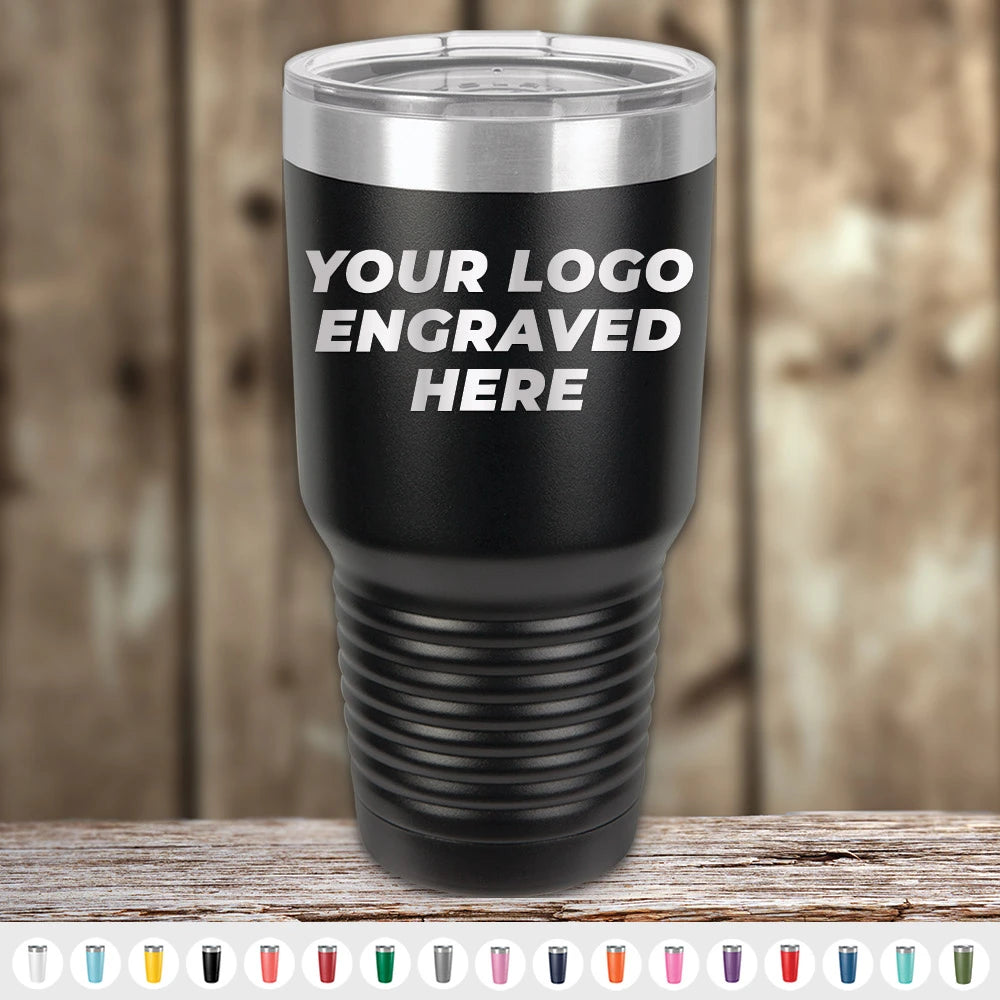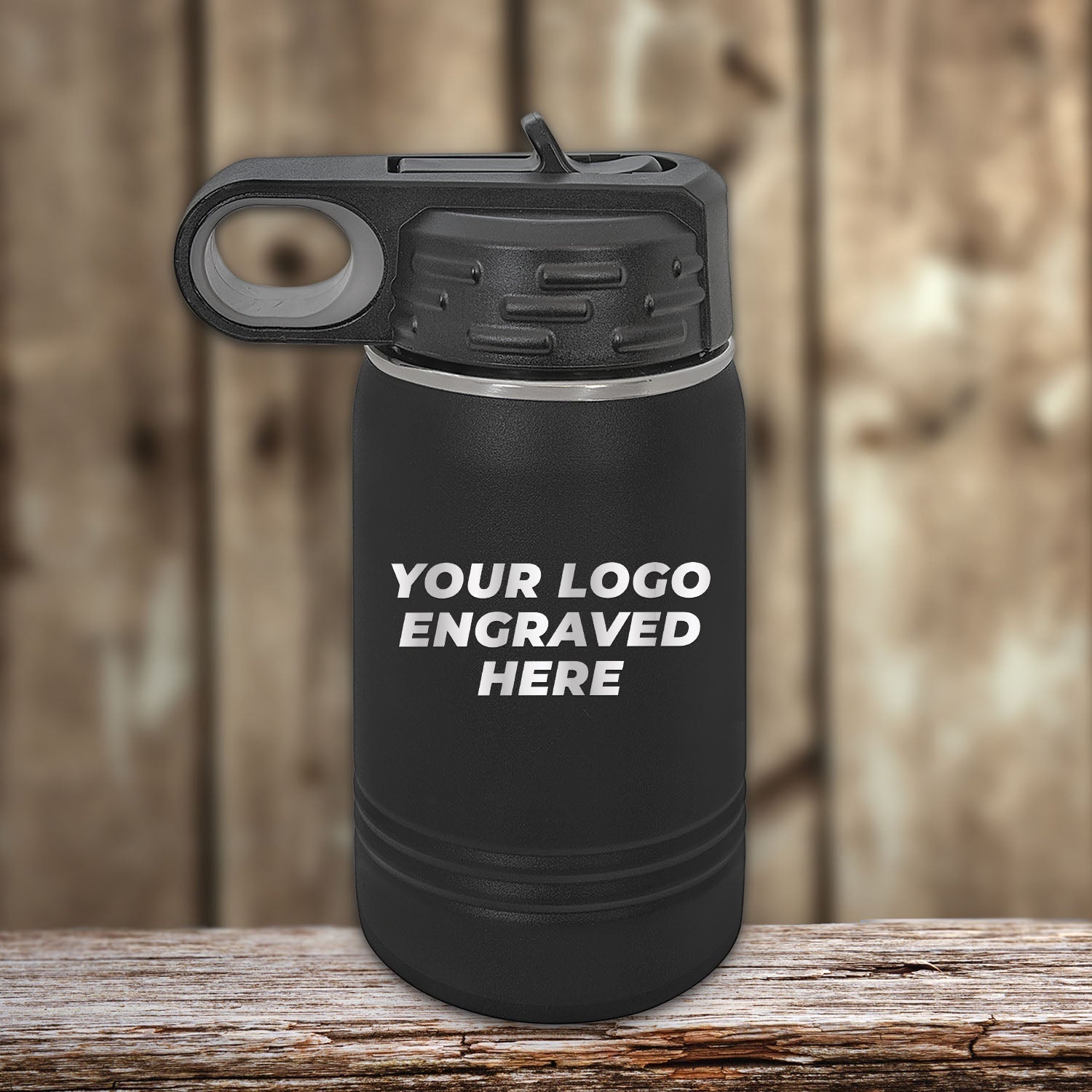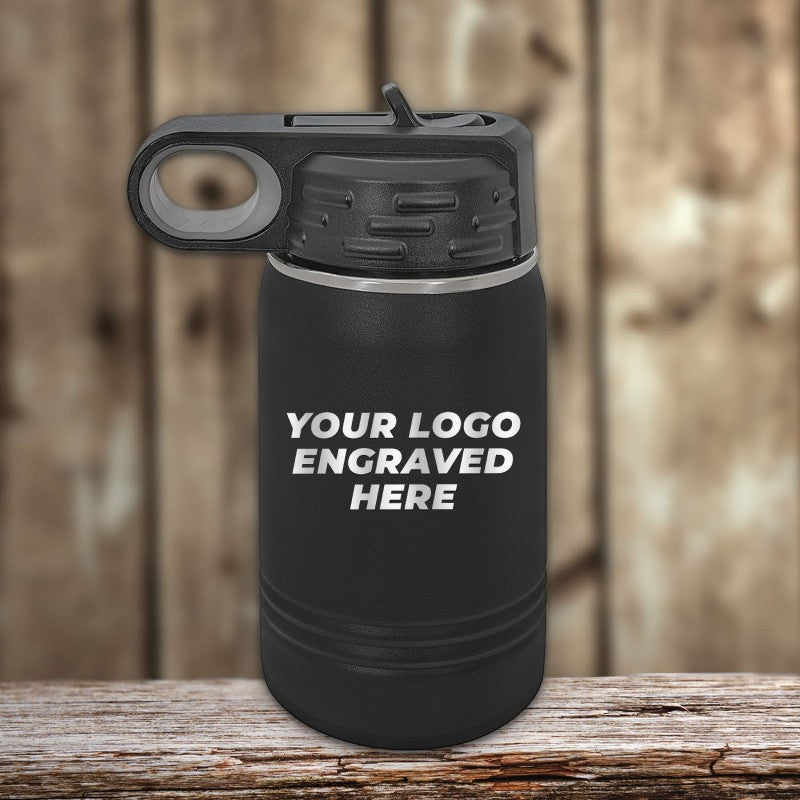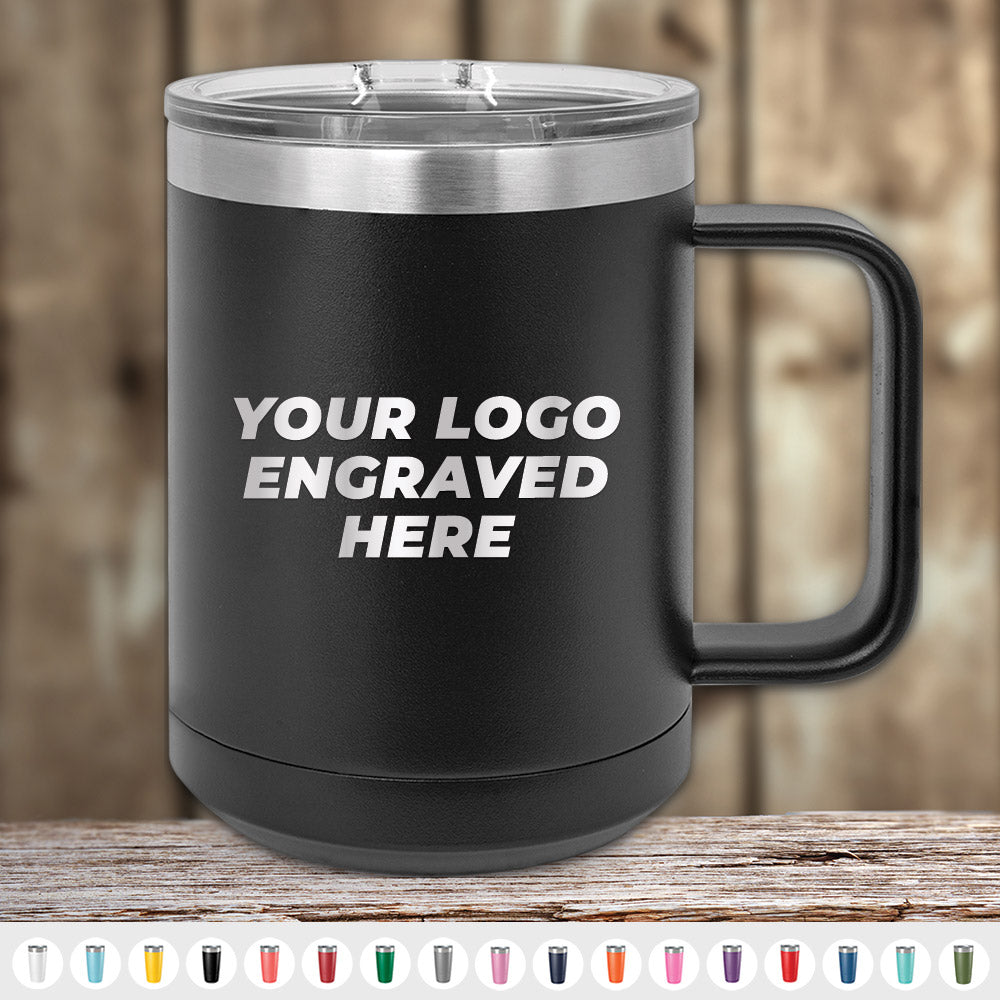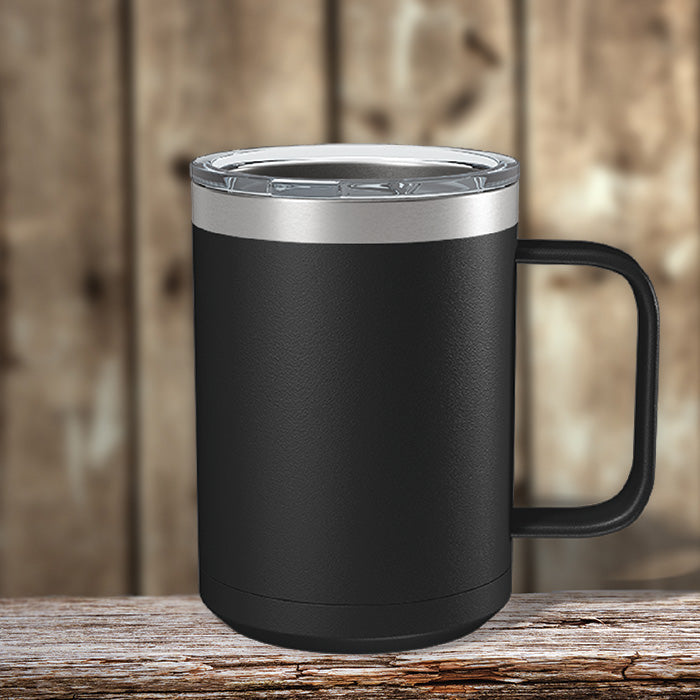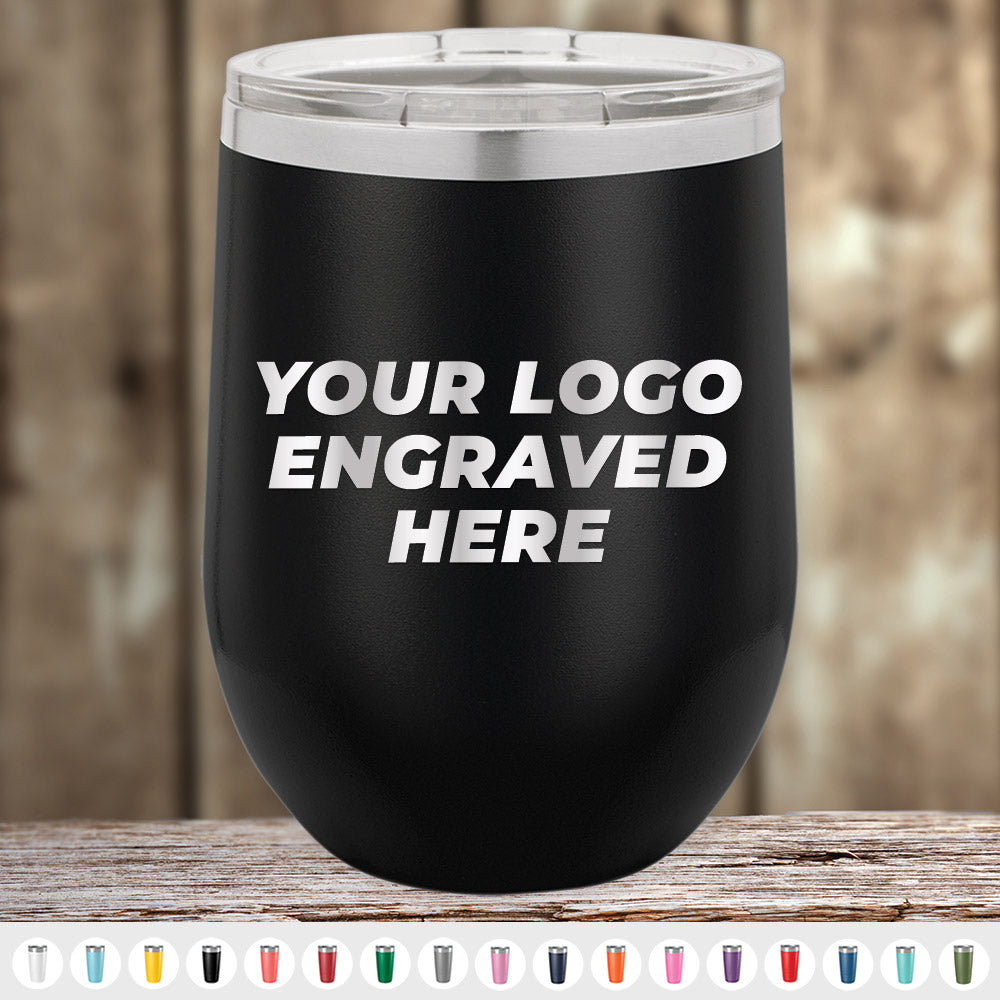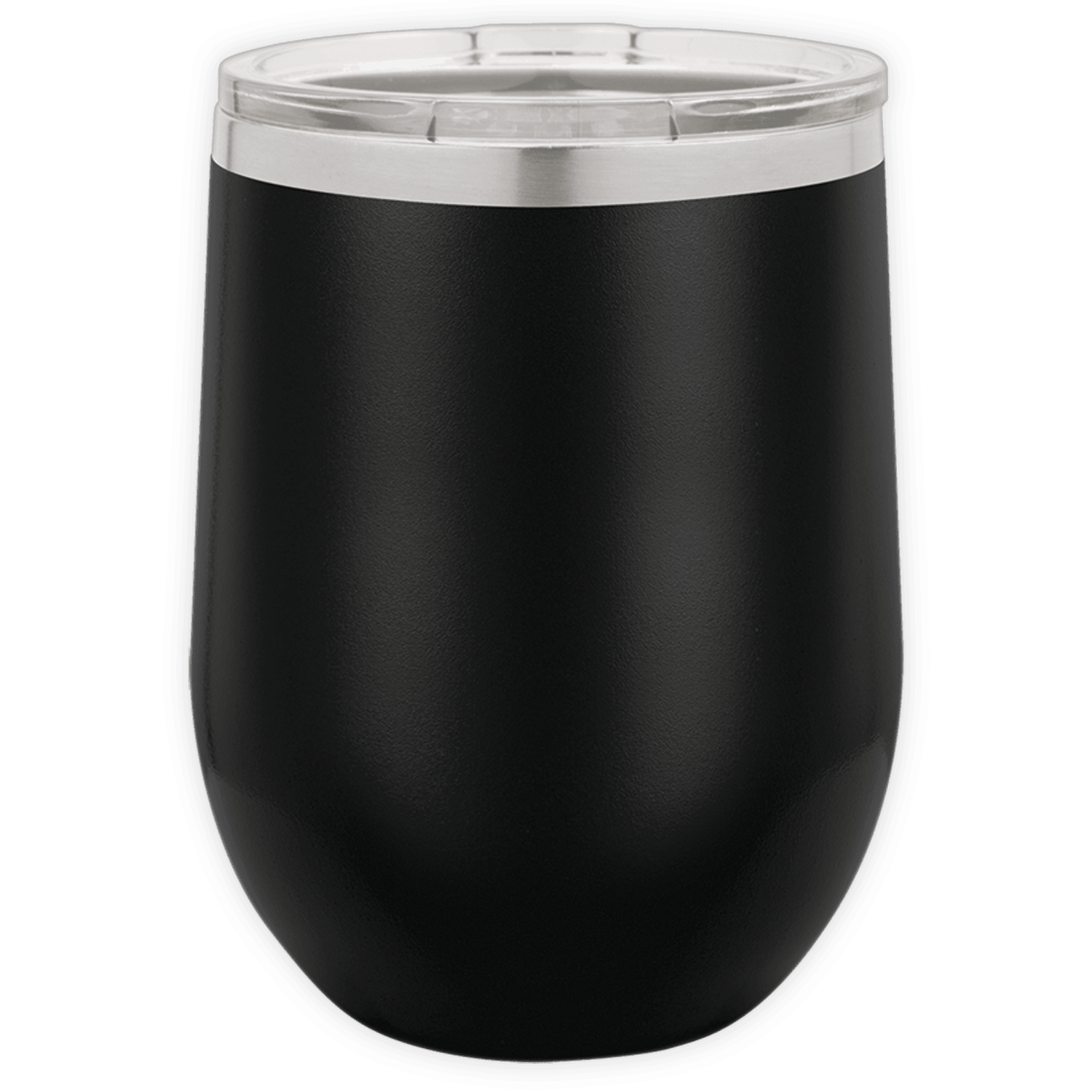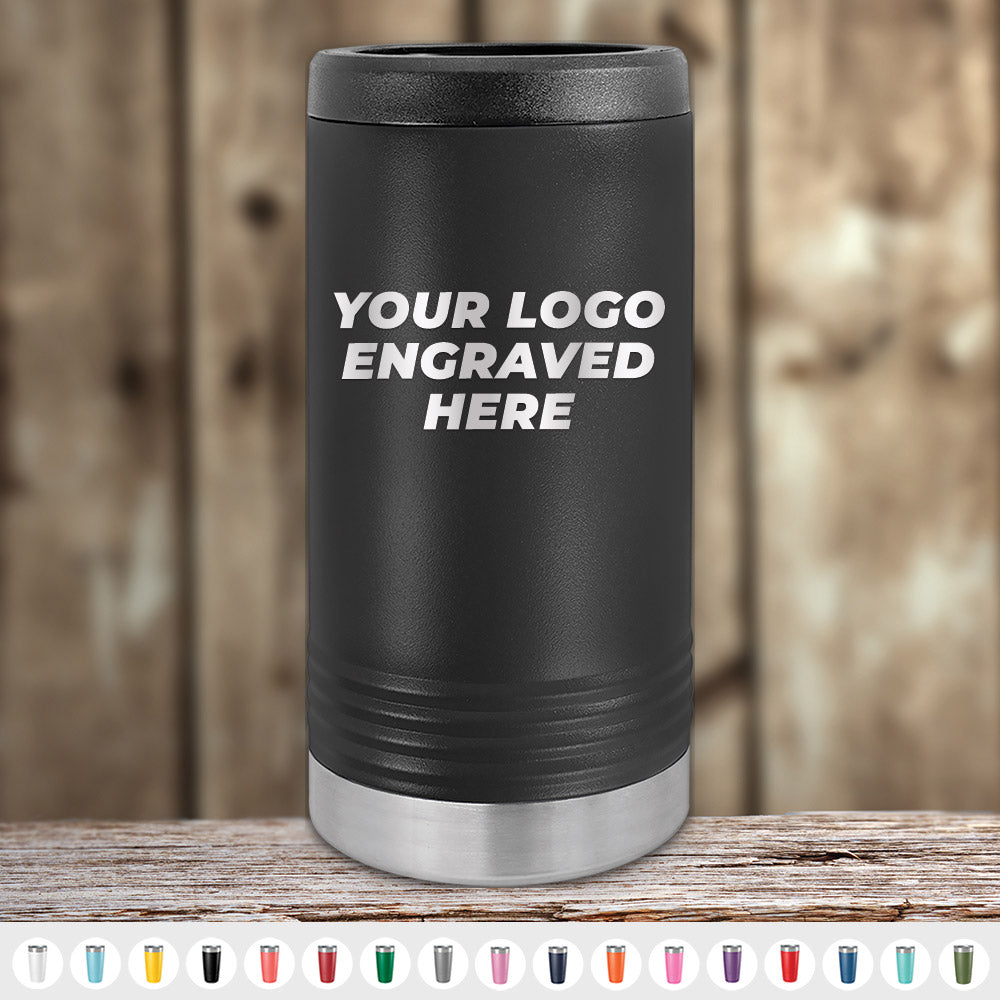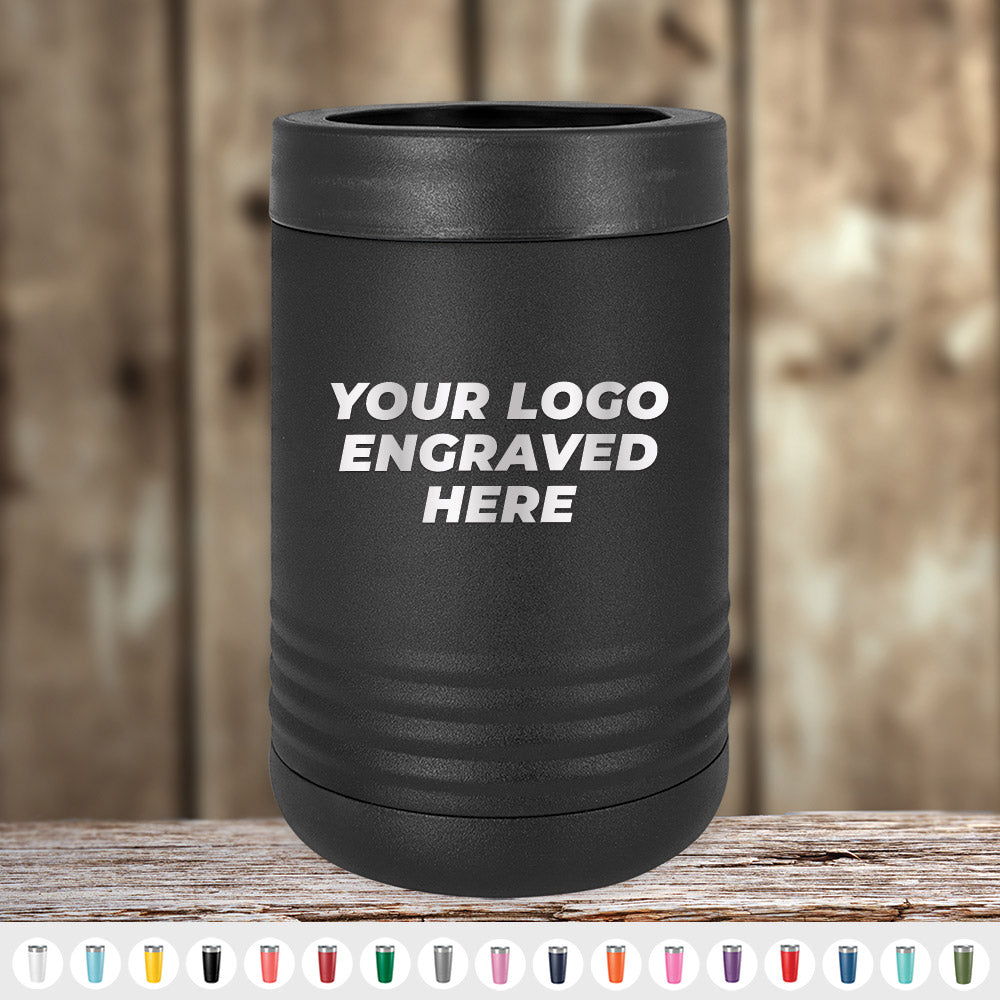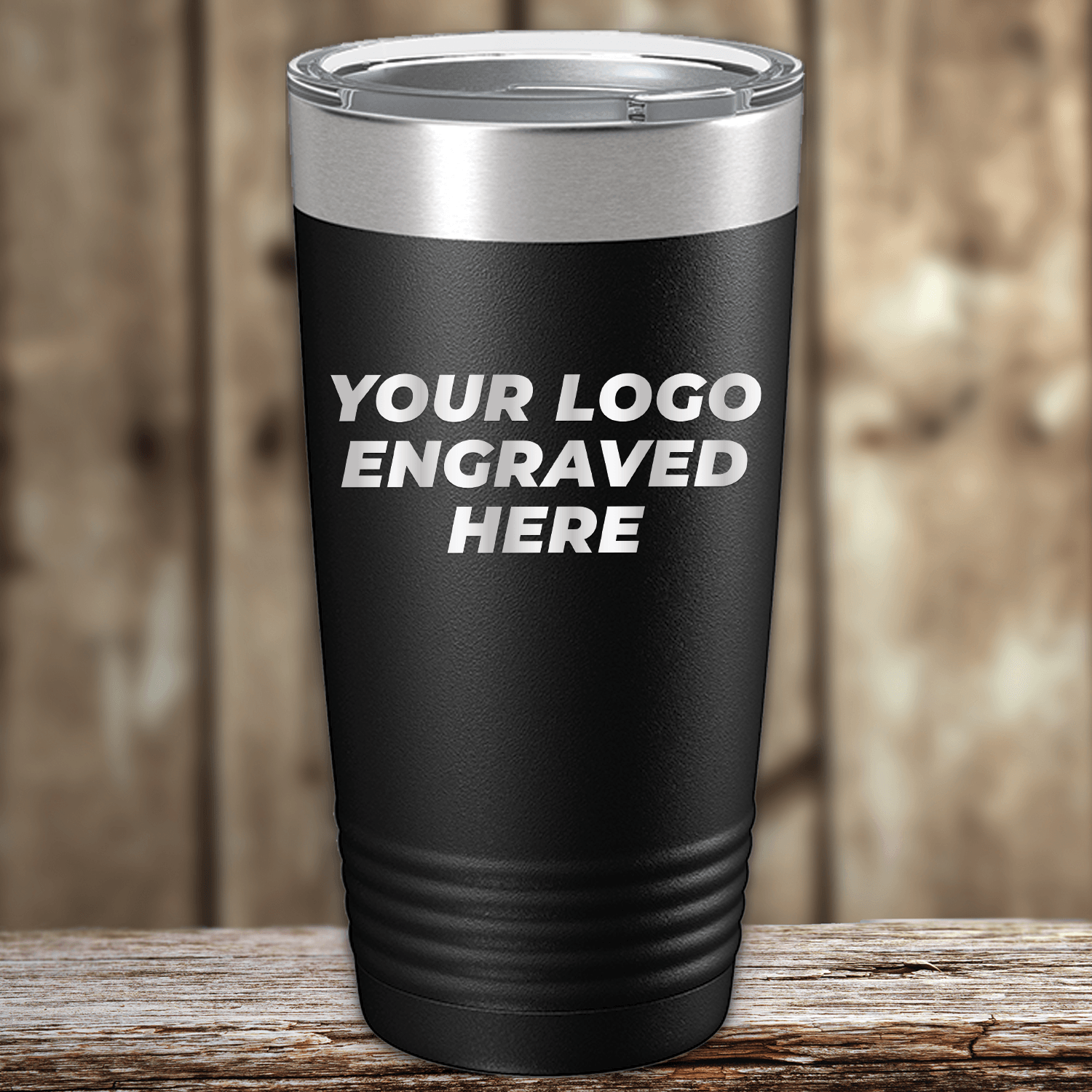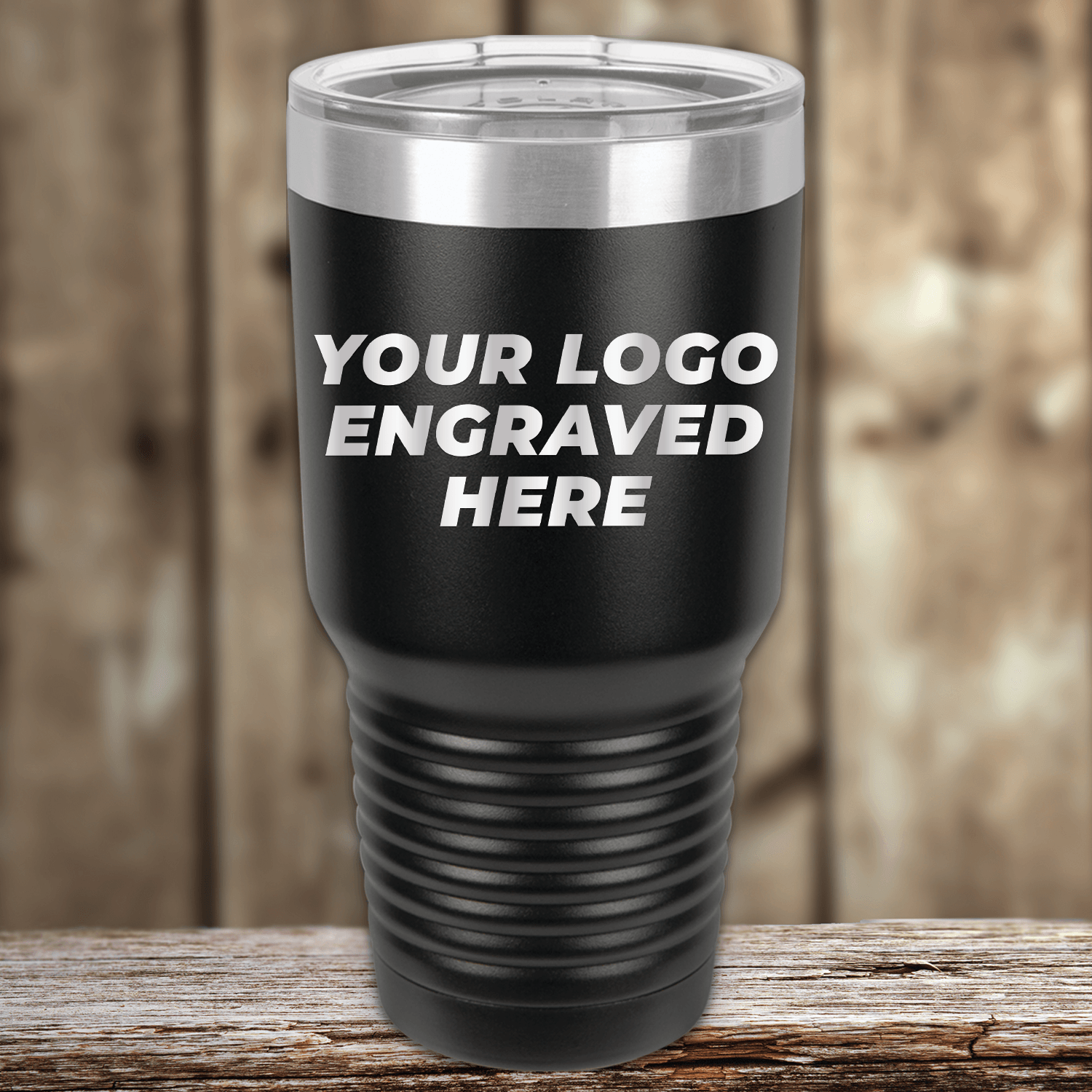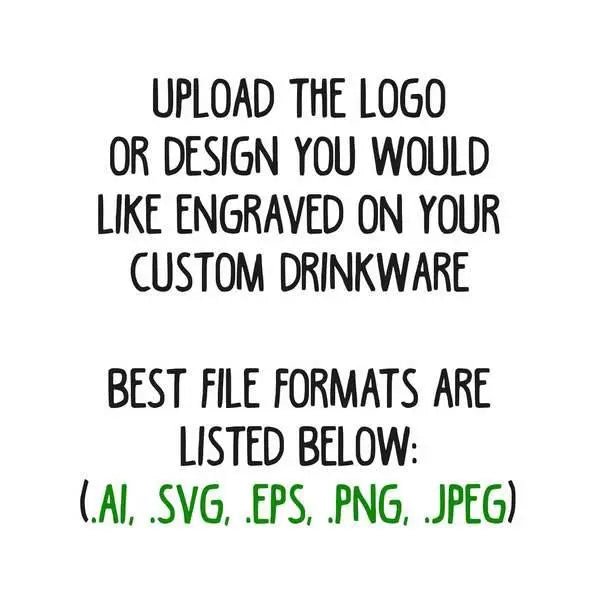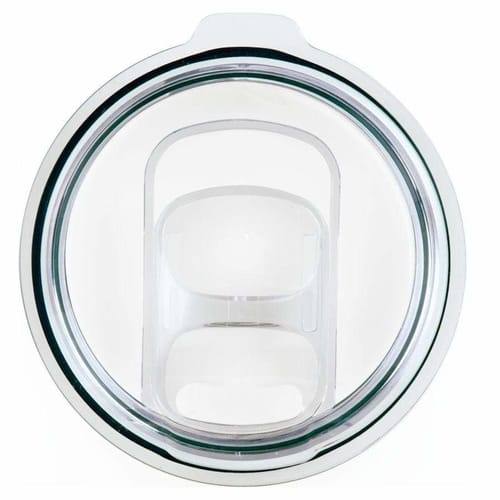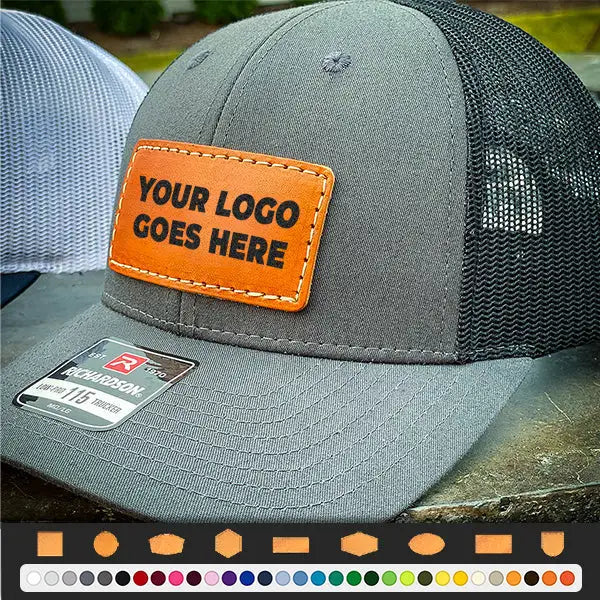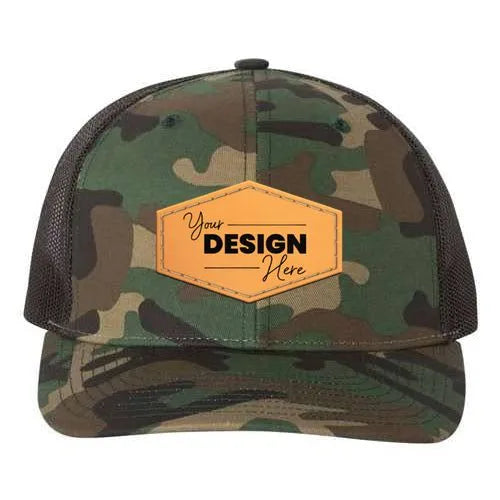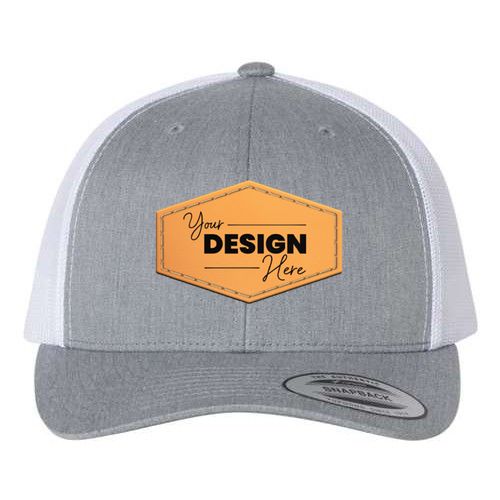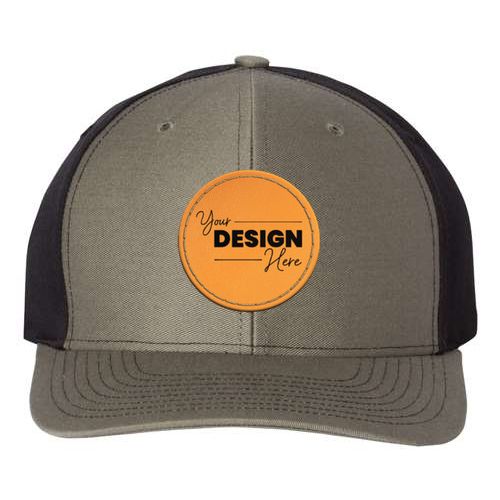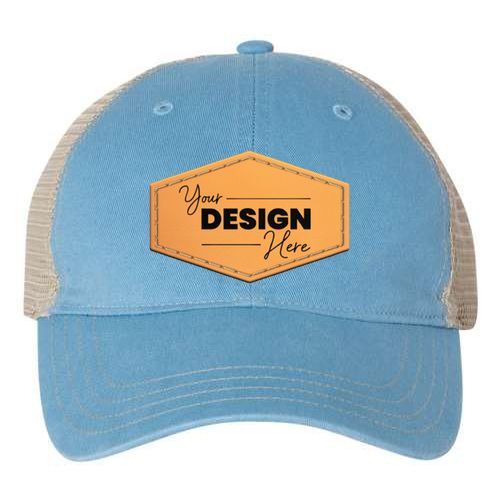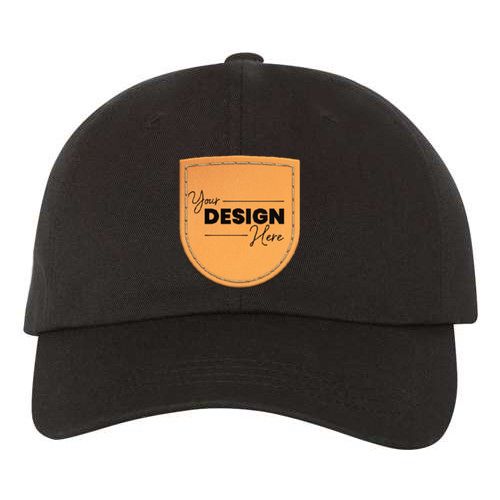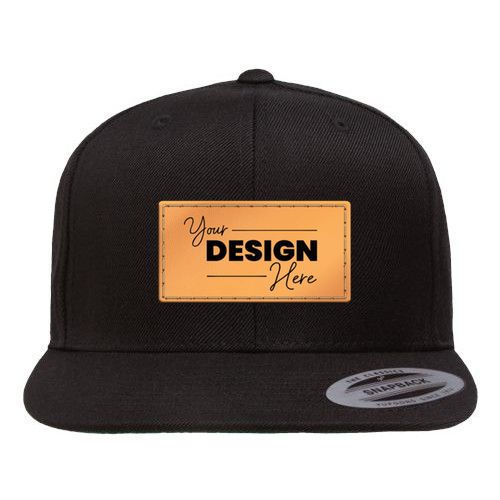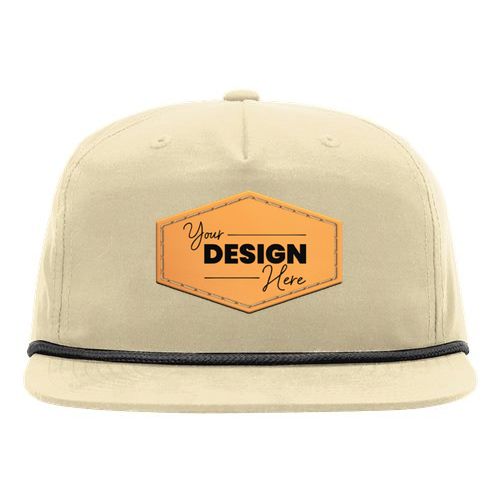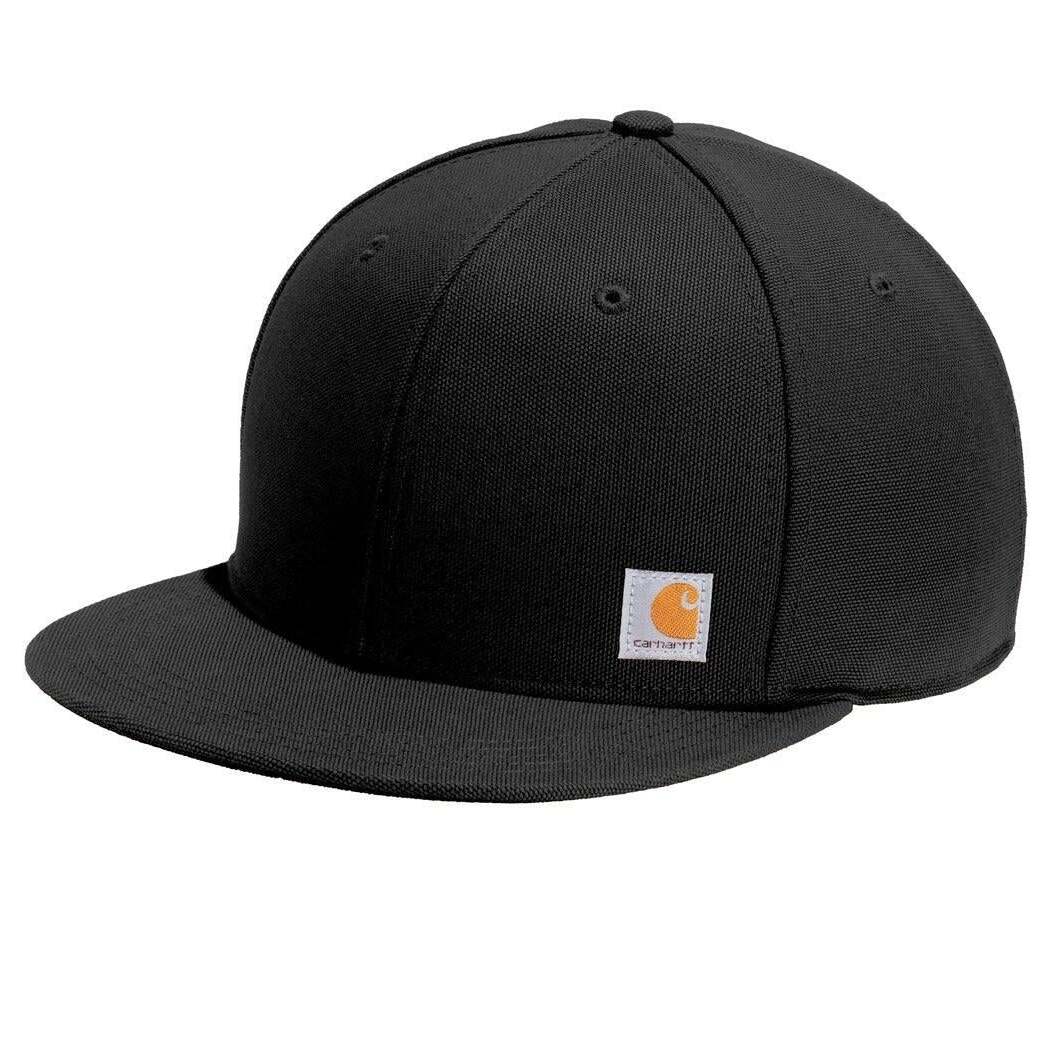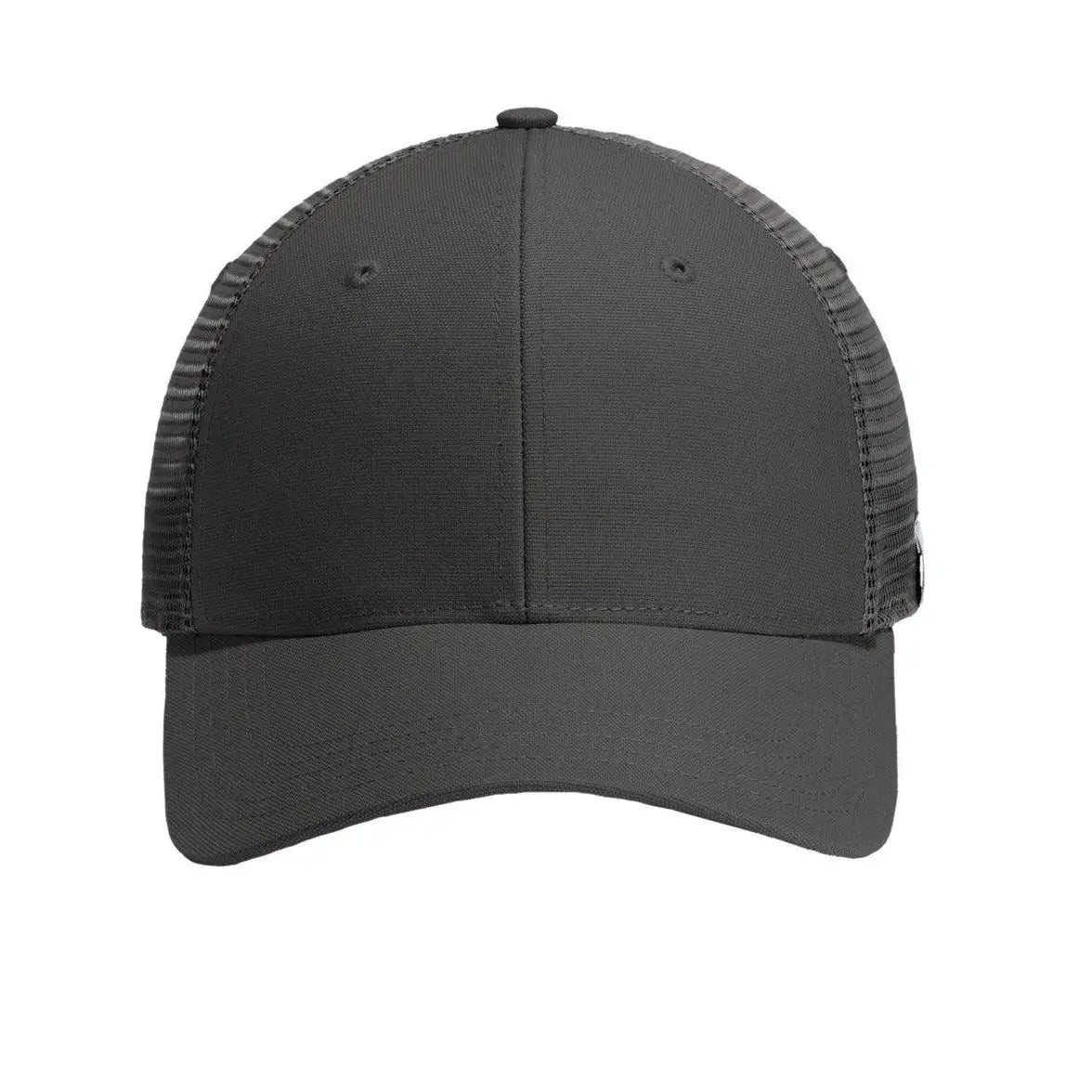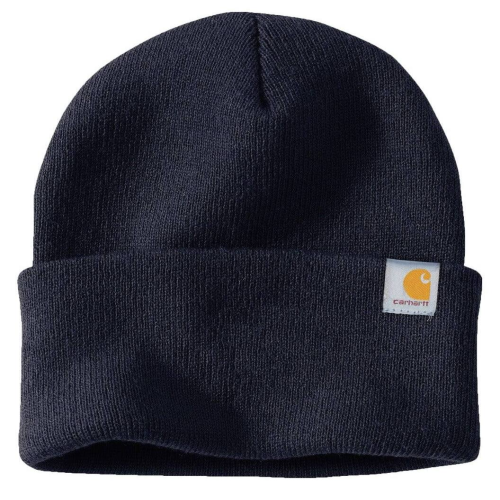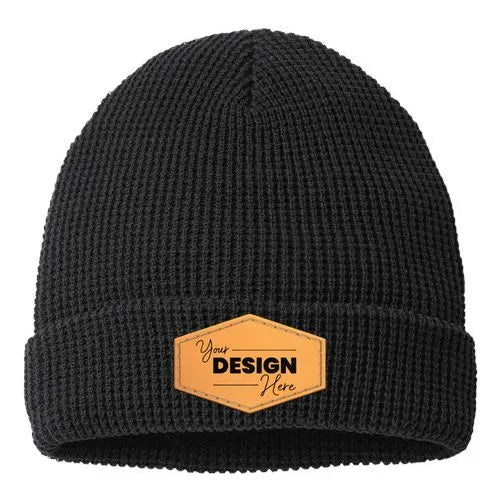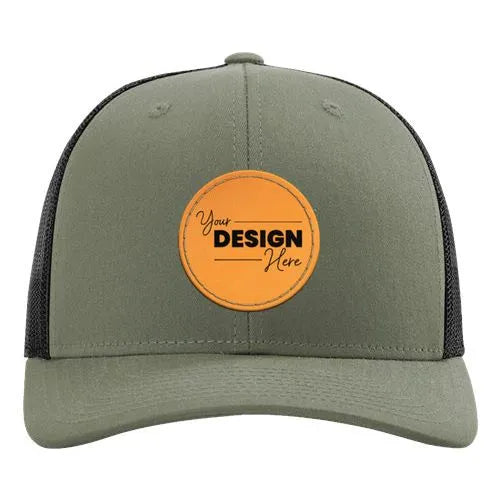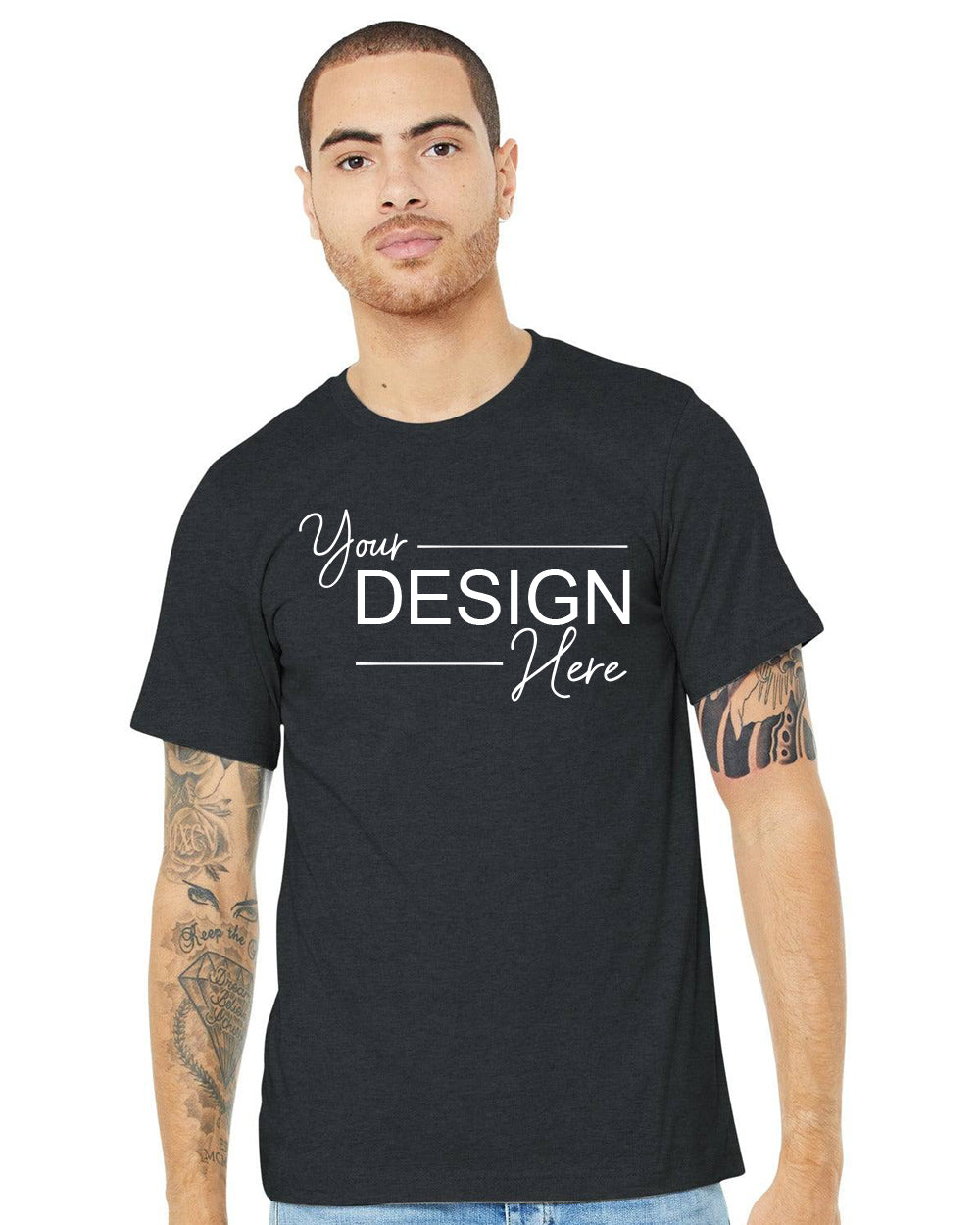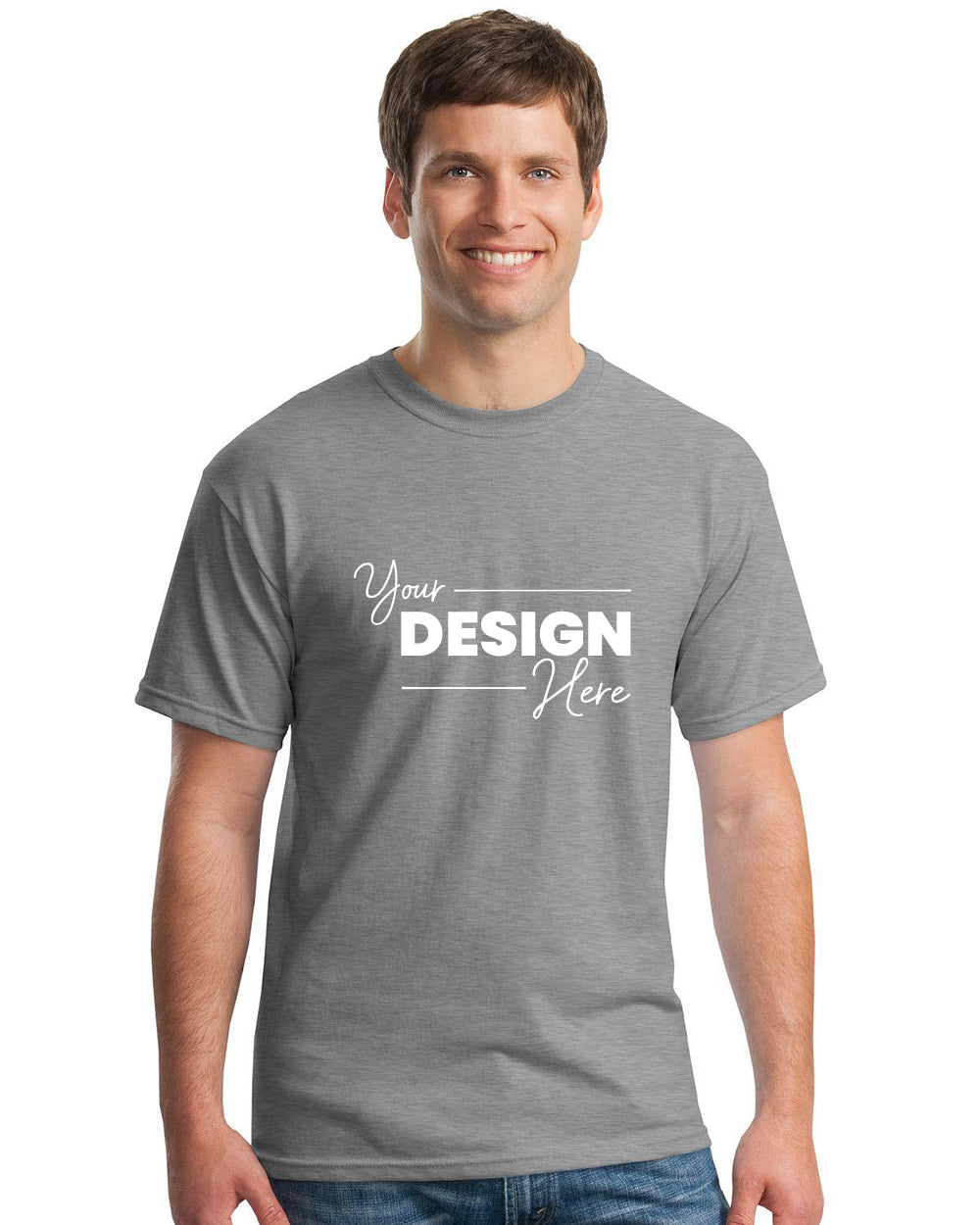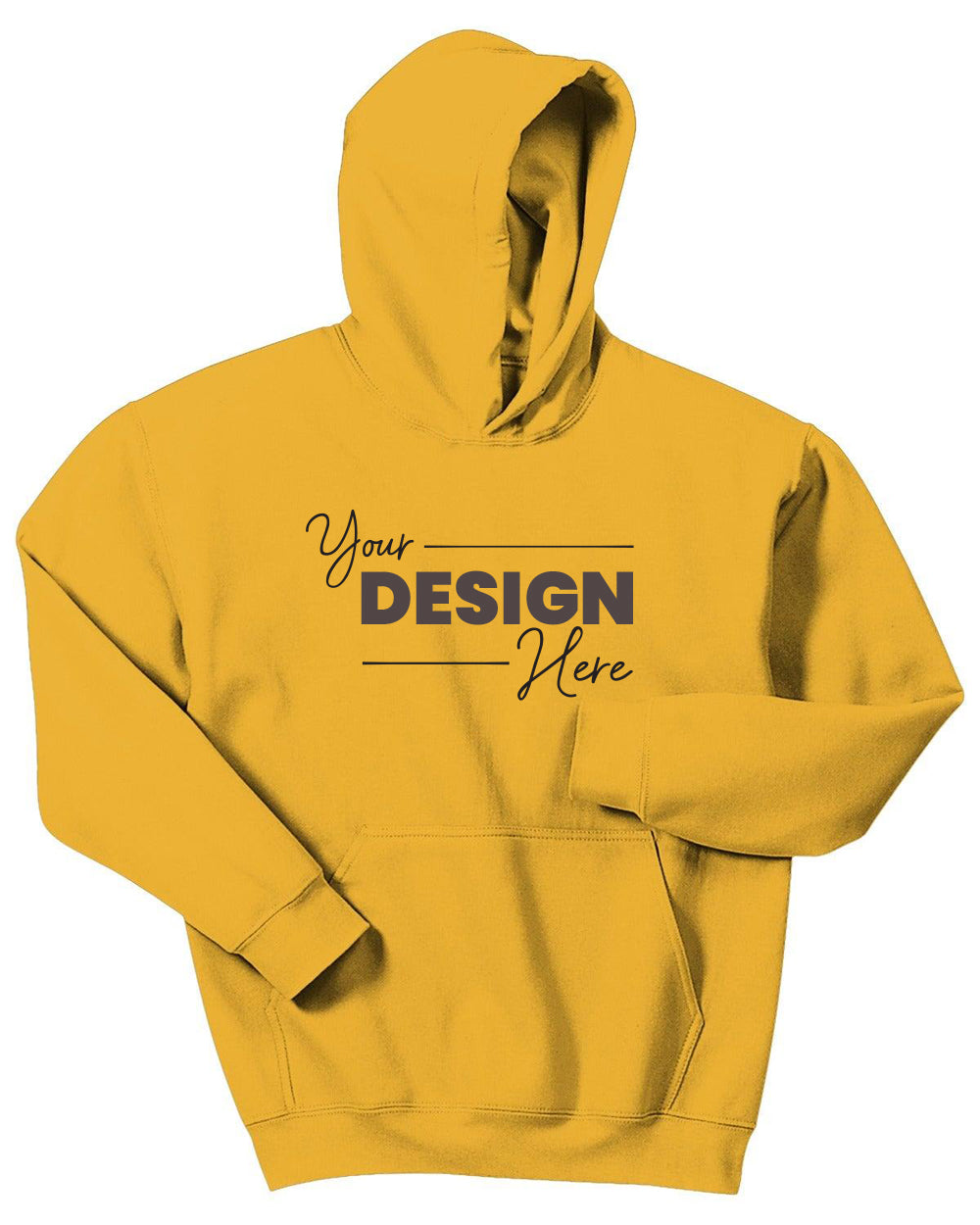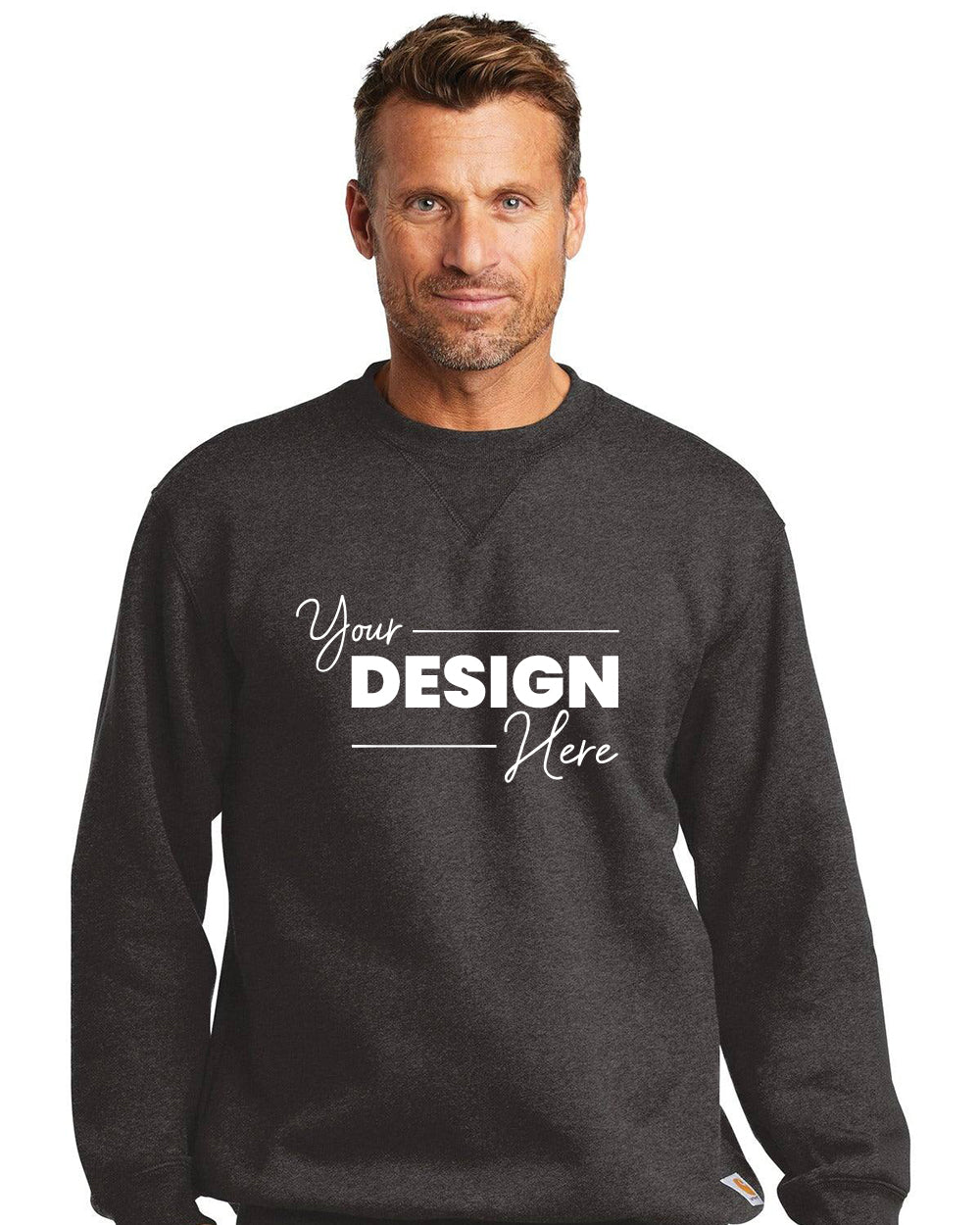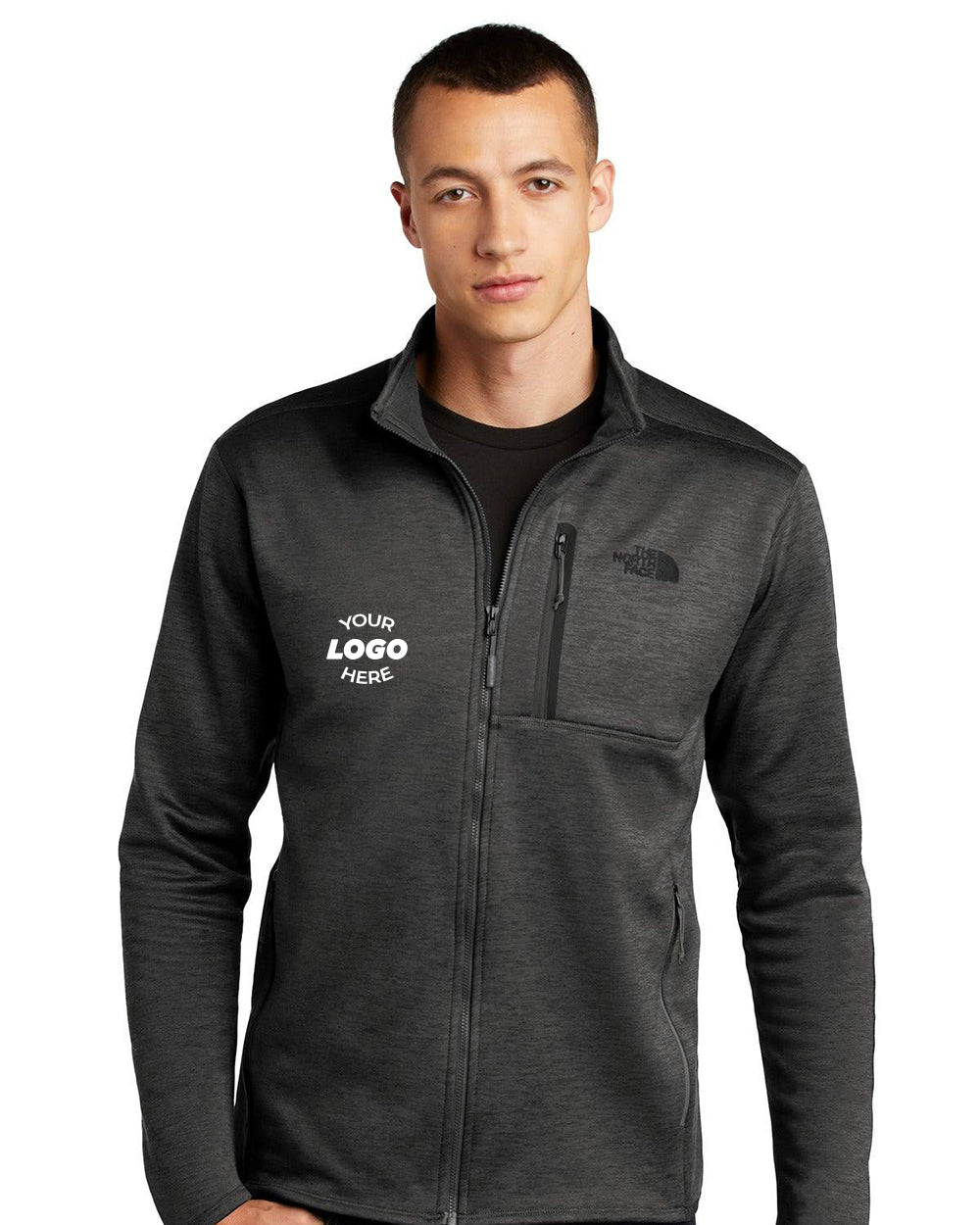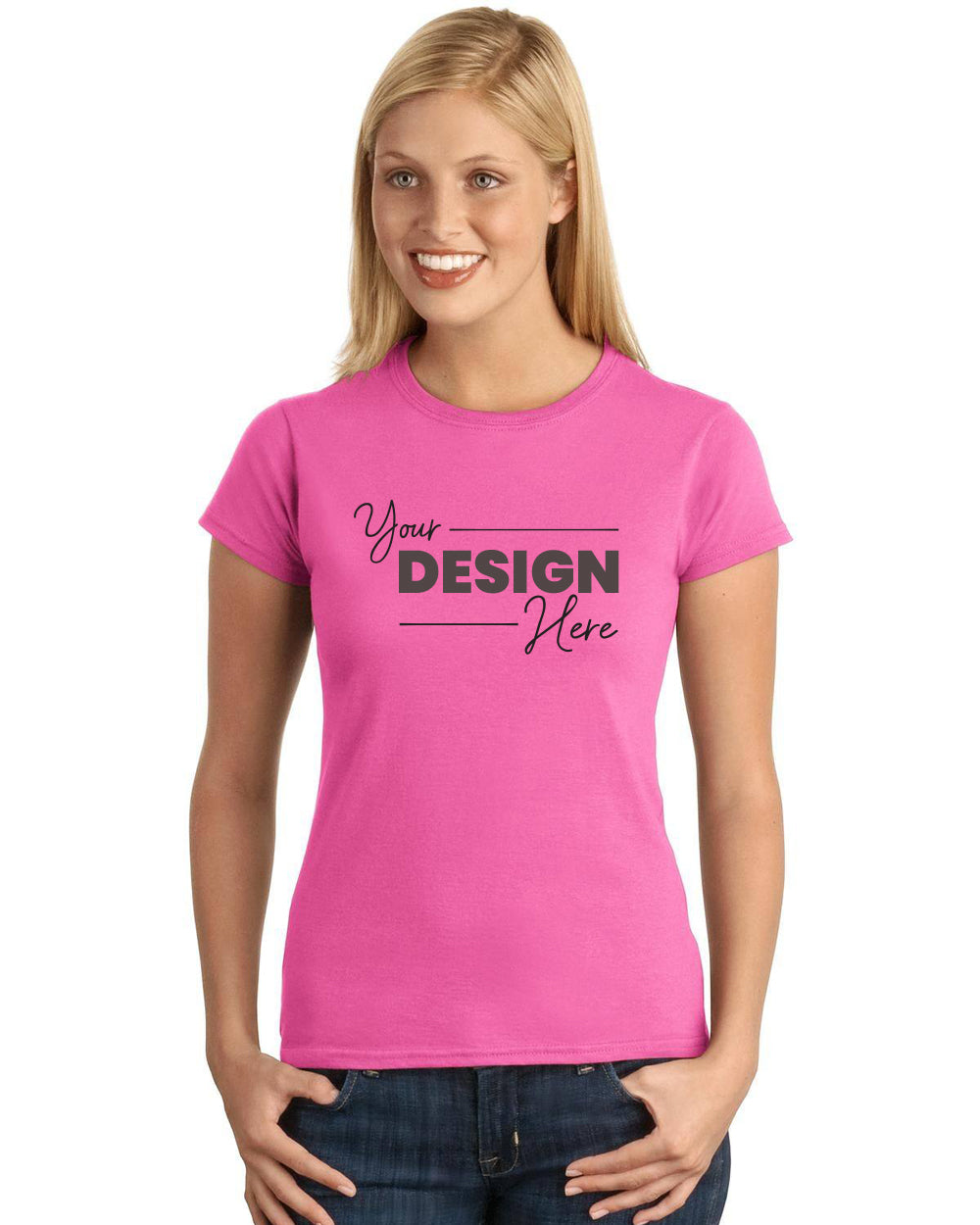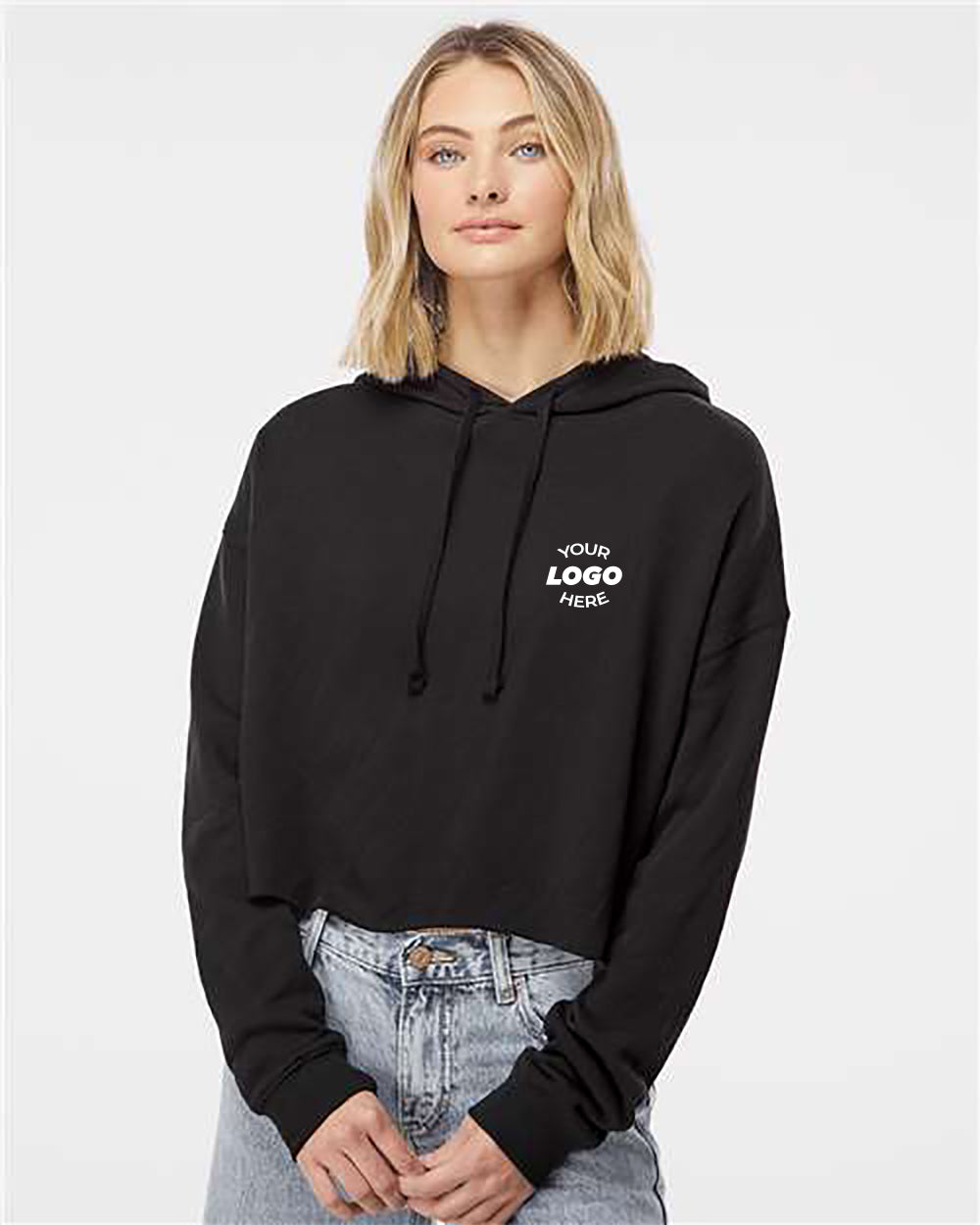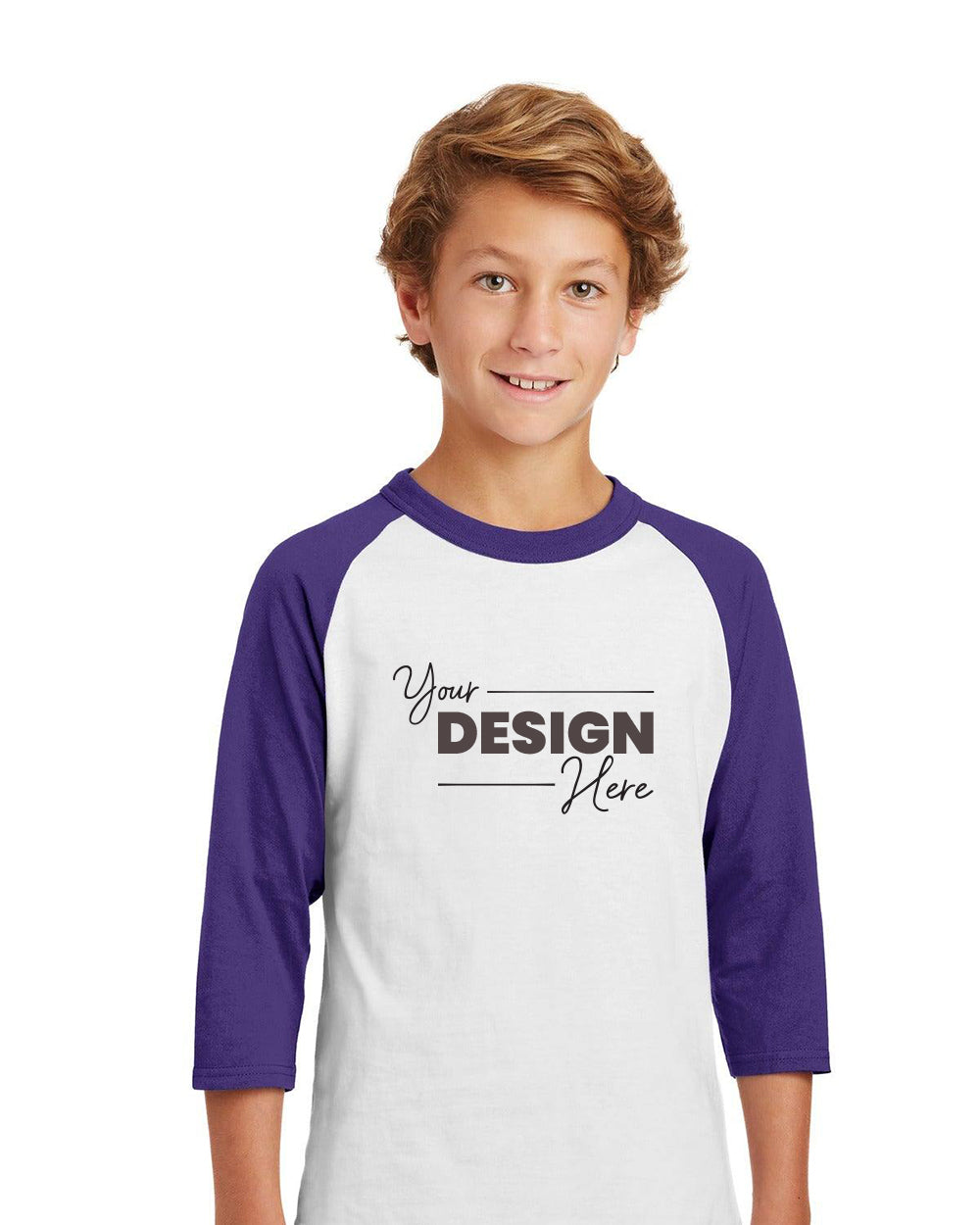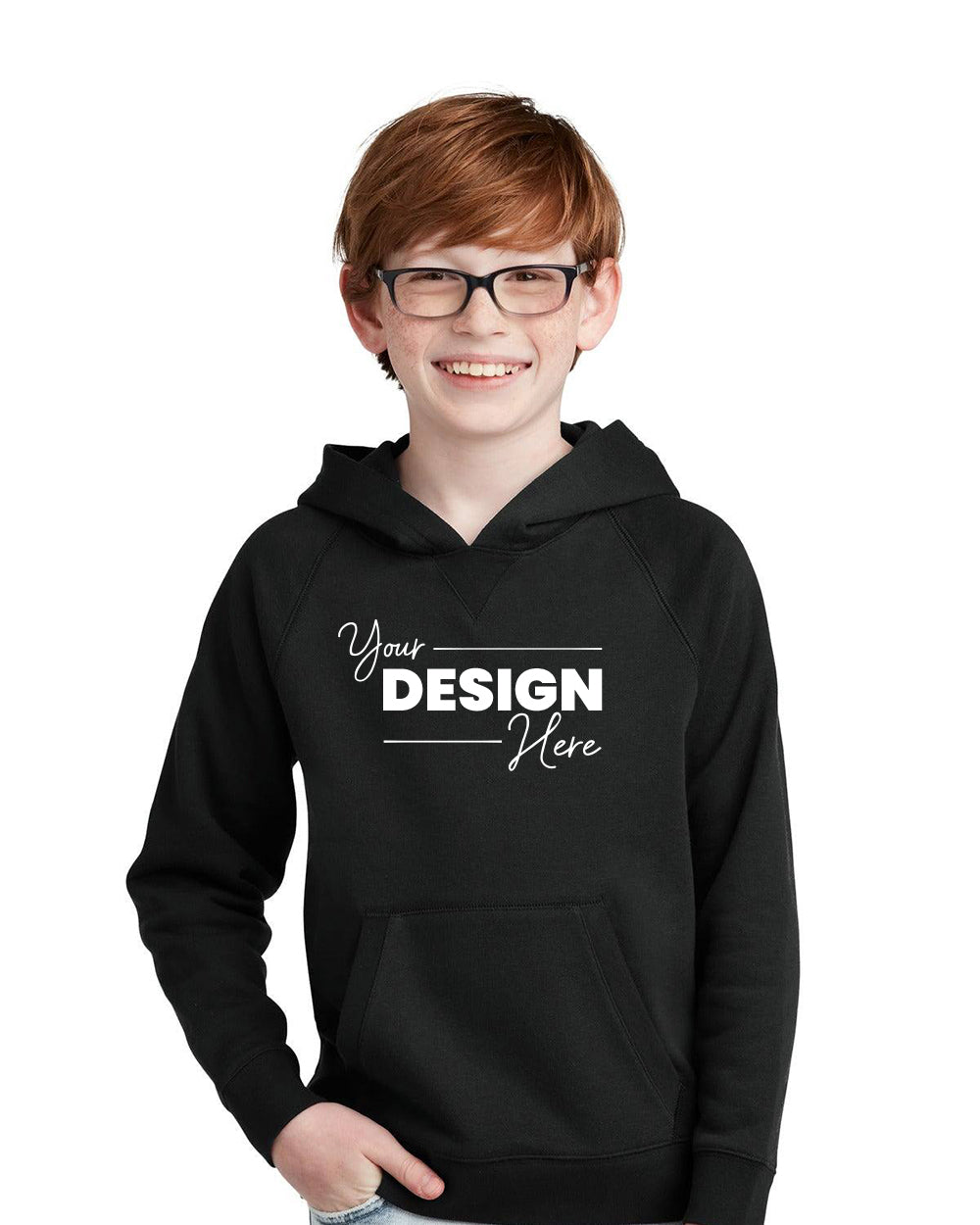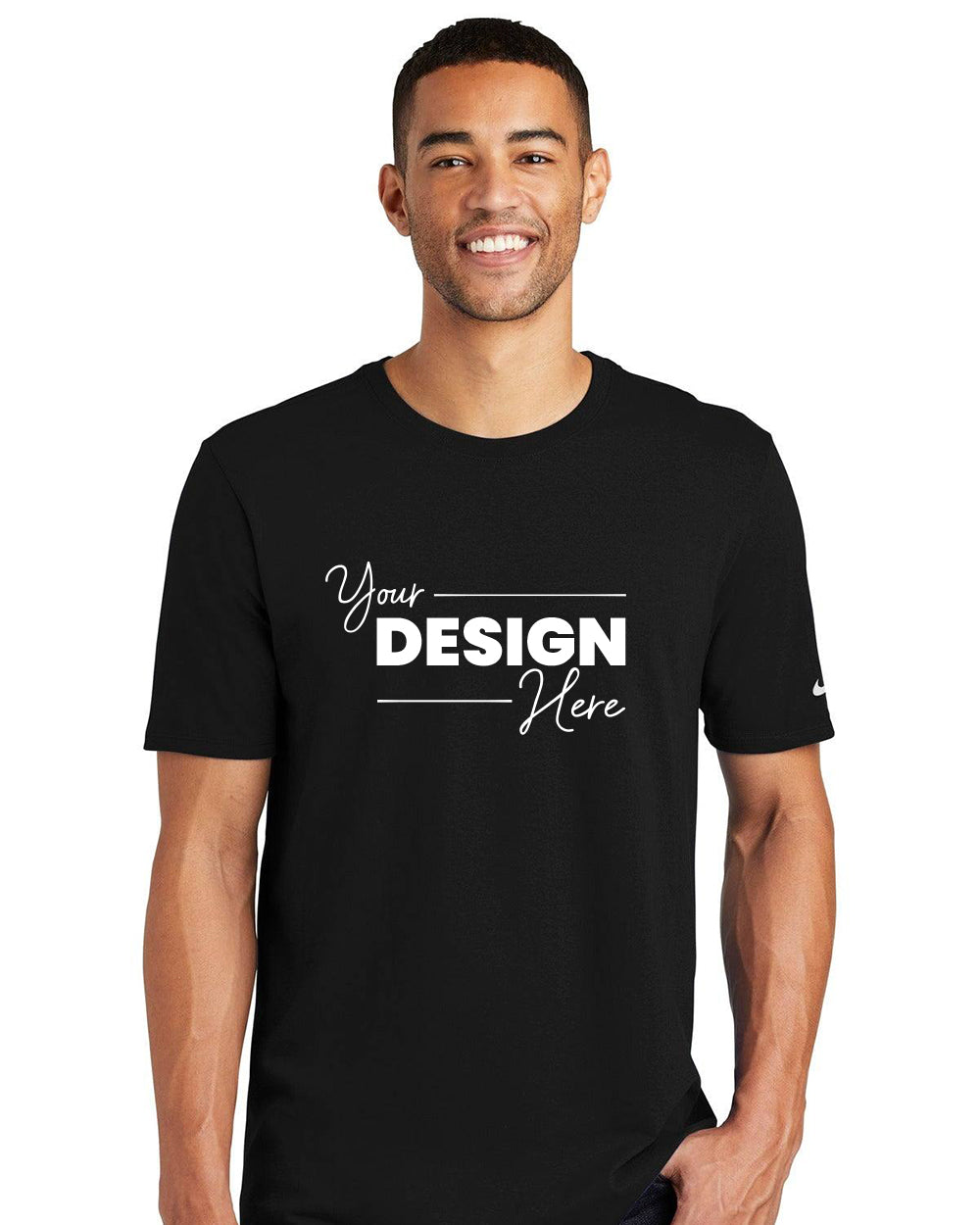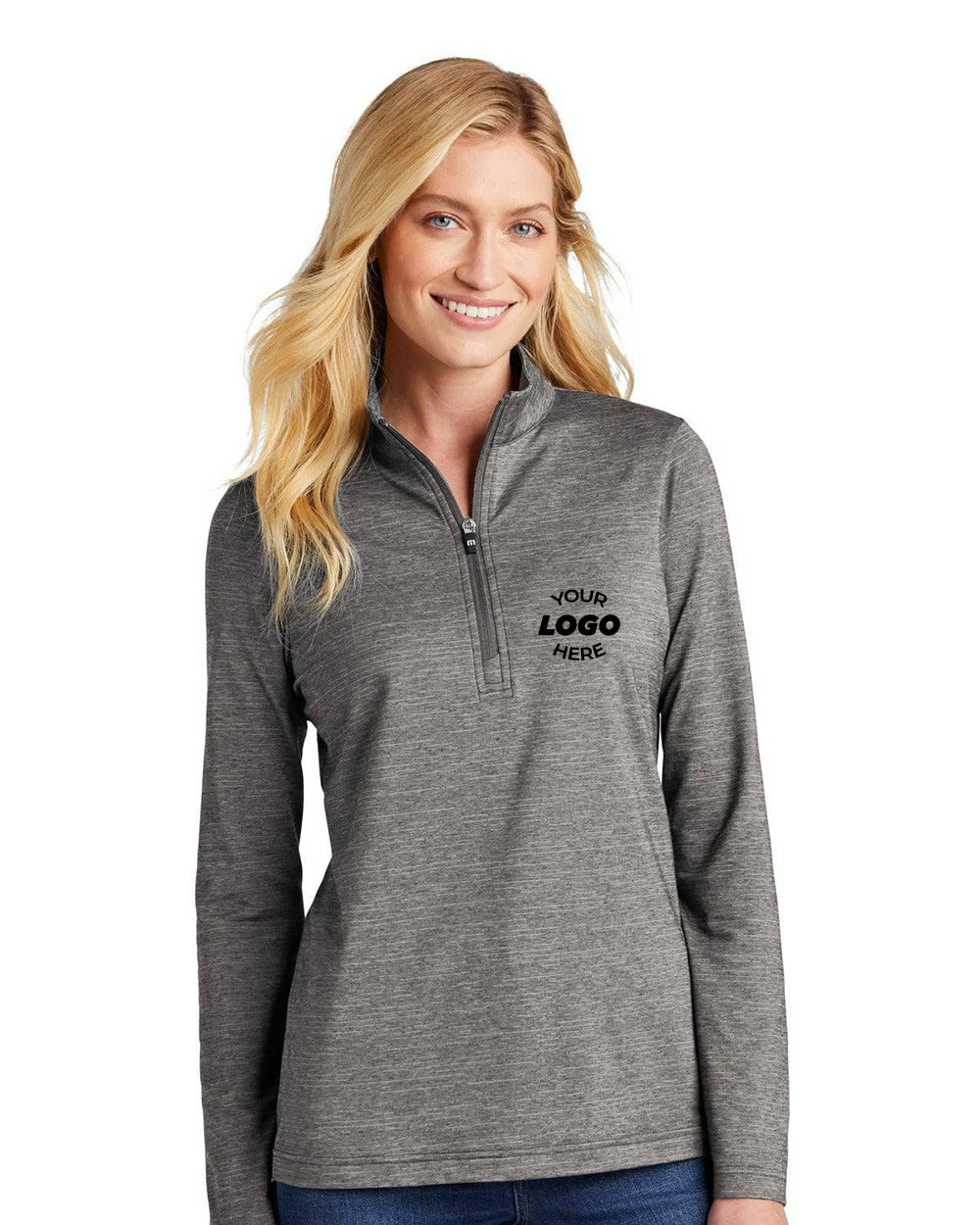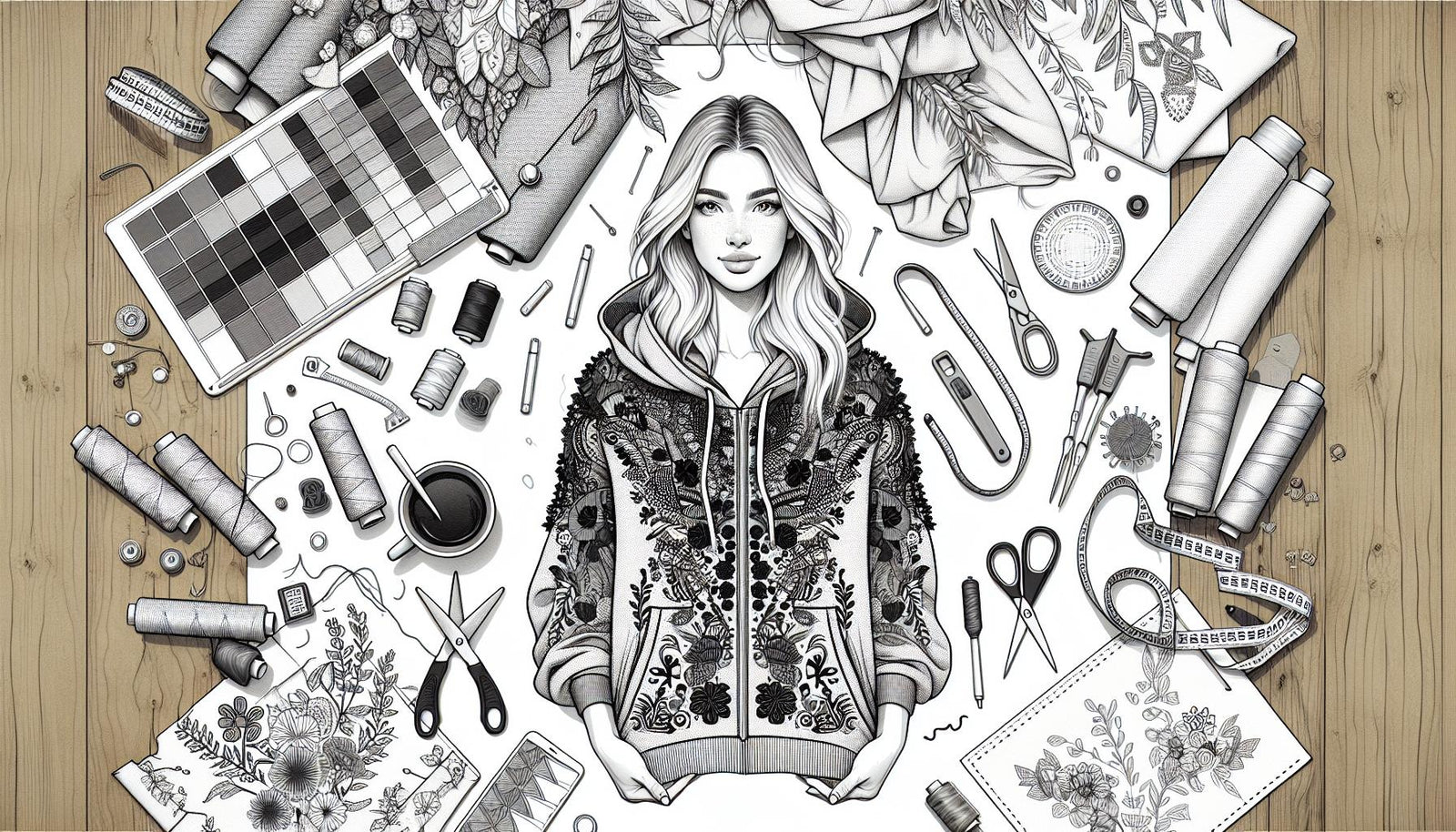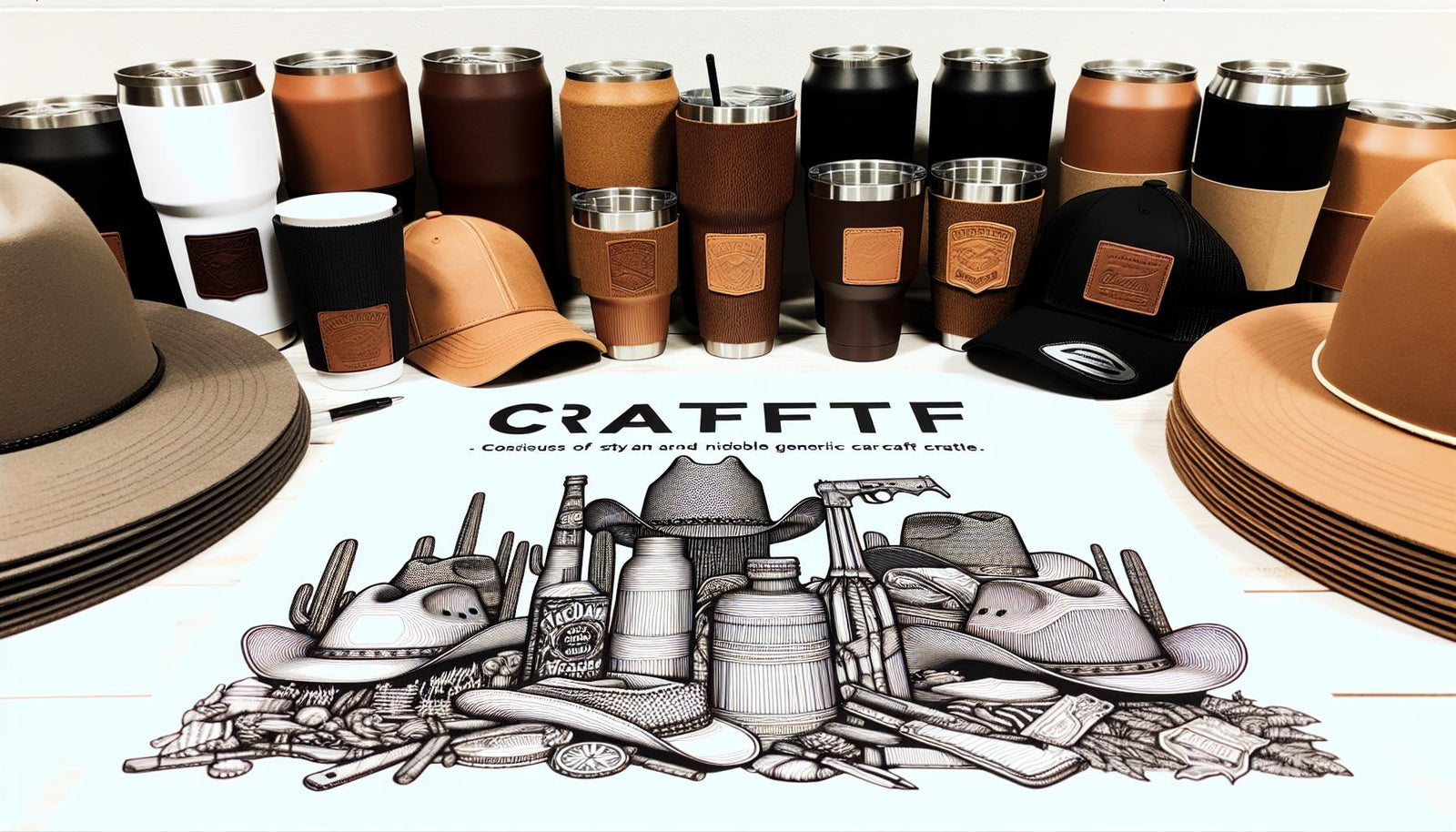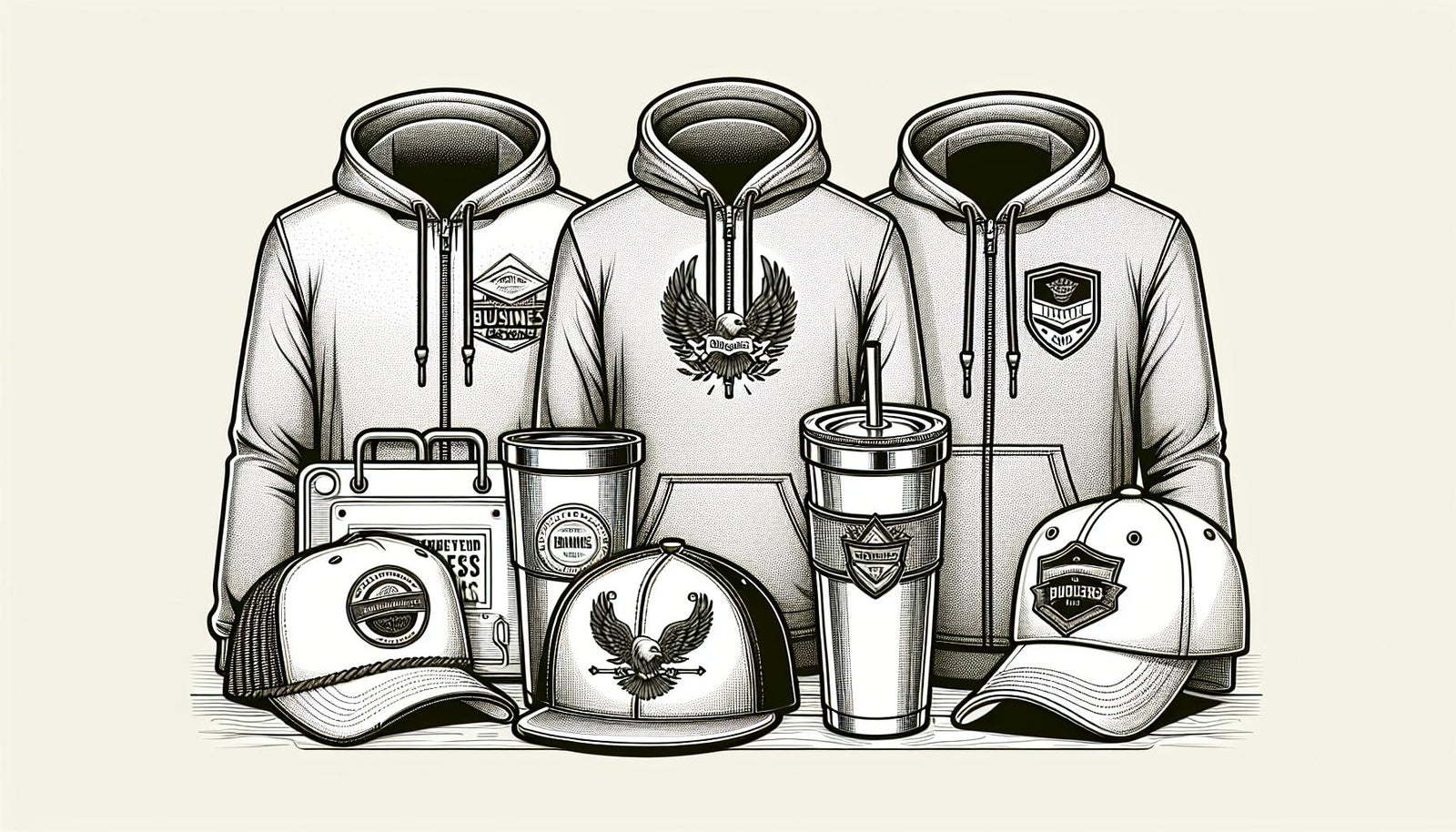-
DEALS
- Black Friday Sale
-
Package Deals: T-shirts
-
Package Deals: Long Sleeve
- Package Deals: Crewnecks
- Package Deals: Hoodies
- Shop All
-
Custom Drinkware
-
Custom Water Bottles
-
Custom Coffee Mugs
-
Custom Wine Cups
-
Custom Can Coolers
- Add Backside Logo or Names
- Custom Drinkware - No Minimal Order
- Add Priority Processing
- Accessories & Replacement
- Shop All Custom Drinkware
-
Custom Apparel
-
Custom Women's
-
Premium Brands
-
Custom Backpacks
-
Resources
-
Account
- Print on Demand App
Deals
SHOP BLACK FRIDAY DEALS
BEST SAVINGS ON NEW STYLE DRINKWARE!
Custom Drinkware
FEATURED PRODUCT
FEATURED PRODUCT
FEATURED PRODUCT
FEATURED PRODUCT
Custom Hats
Custom Apparel
FEATURED PRODUCT
FEATURED PRODUCT
FEATURED PRODUCT
FEATURED PRODUCT
FEATURED PRODUCT
FEATURED PRODUCT
FEATURED PRODUCT
FEATURED PRODUCT
FEATURED PRODUCT
FEATURED PRODUCT
FEATURED PRODUCT
FEATURED PRODUCT
Step-by-Step Guide: How To Order Custom Tshirts Easily
Post by Rob Diederich April 05, 2024 8 min read
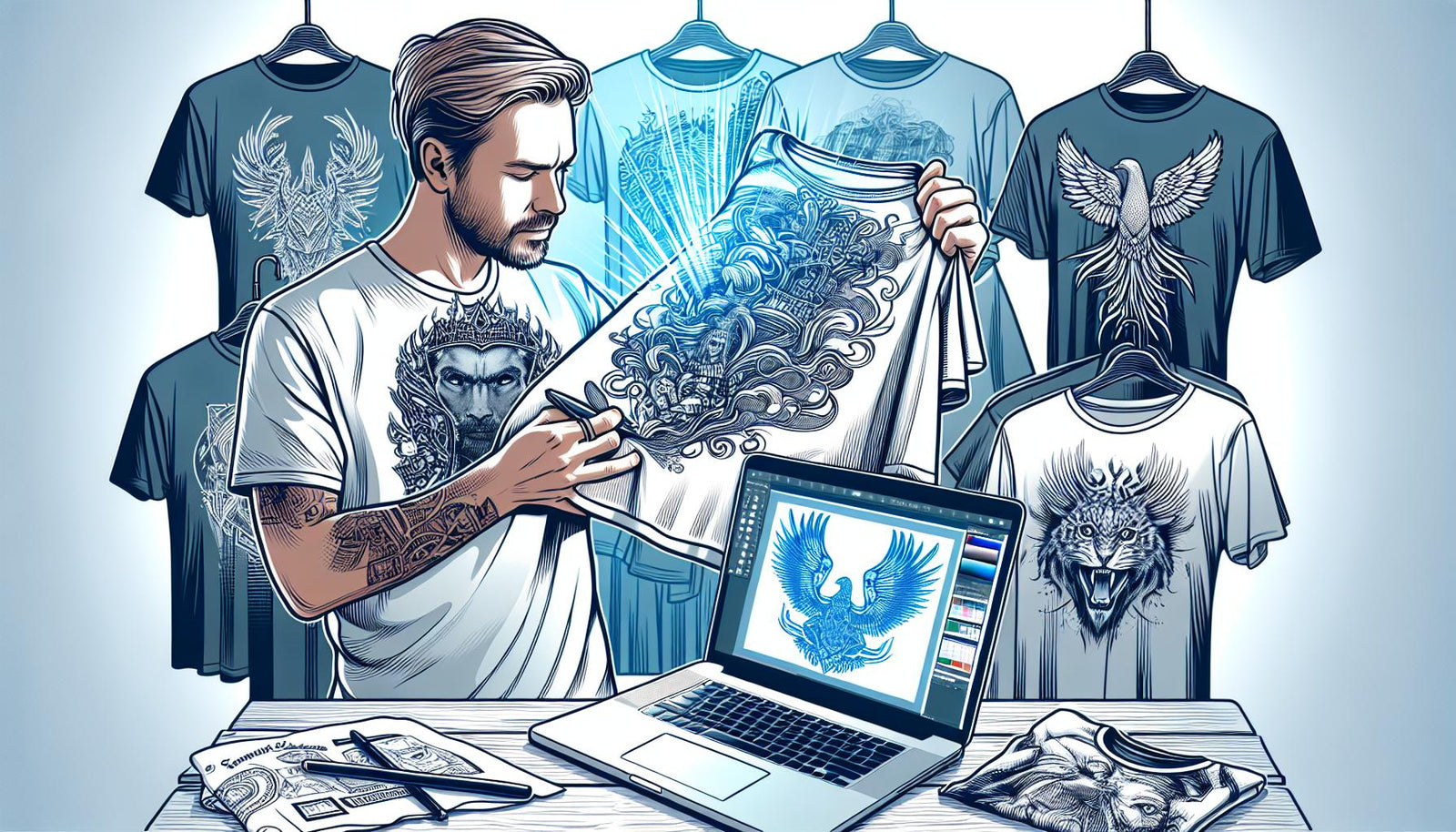
Contents
Ordering custom t-shirts can seem like a daunting task, but it's actually easier than you might think. Whether you're looking to create a memorable gift, promote your business, or simply express your unique style, custom t-shirts are the way to go. I've navigated the process countless times, and I'm here to share my insights to make your experience as smooth as possible.
There are a few key steps to consider, from choosing the right provider to selecting the perfect design. With the right approach, you can ensure your custom t-shirts turn out exactly how you envision them. Let's dive into the essentials of ordering custom t-shirts, so you can start creating your personalized apparel with confidence.
Researching Custom T-Shirt Providers
When I first approached the idea of ordering custom t-shirts, I knew that finding the perfect provider was crucial. This journey led me to understand that it's not just about who can print a design, but who can bring my vision to life exactly how I imagine it. In my exploration, I learned a few key factors that anyone should consider.
Firstly, it's essential to look into the provider's product quality. I prioritized companies that offer high-quality, durable materials that wouldn't fade after a few washes. Additionally, I valued businesses that provide a range of sizes and colors, ensuring inclusivity and variety in my order.
Secondly, the customization options available are paramount. The best providers offer a wide array of design tools and support, making the process of creating my unique t-shirt design seamless and enjoyable. Their online design tools should be user-friendly, and their team should be ready to assist with any design challenges that arise.
Lastly, customer service and satisfaction policies played a significant role in my selection process. A provider committed to ensuring their customers are happy with the final product is a provider worth considering. I looked for companies with positive reviews, transparent return and exchange policies, and responsive customer support teams.
While exploring potential providers, I discovered that Kodiak Wholesale offers a range of custom products that align with the quality and service I was looking for. Although they specialize in custom tumblers and custom leather patch hats, their commitment to quality and customer satisfaction speaks volumes about their potential as a custom t-shirt provider.
Exploring their homepage gave me a good idea of what to expect in terms of product diversity and service quality—key factors in my decision-making process.
My journey taught me that taking the time to research and understand what each provider offers ensures that the final product not only meets but exceeds expectations.
Choosing the Right T-Shirt Style and Fabric

When diving into the world of custom t-shirts, I've learned that choosing the right style and fabric is pivotal. It's not just about the design; it's about how the shirt feels and looks when worn. From my experience, a great starting point is understanding the event or purpose behind the t-shirt. Whether it's for a corporate event, a personal project, or even merchandise for a brand, the choice of style and fabric can dramatically affect the end product.
First off, let's talk about style. There's a broad spectrum ranging from classic crew necks to fashionable V-necks and even comfortable long sleeves. Each style serves a different aesthetic and functional purpose. For instance, while crew necks are a universal fit for both casual and formal occasions, V-necks might be a better choice for a more modern look.
Then there's the all-important fabric choice. The difference between a cotton t-shirt and a polyester blend isn't just in the texture, but also in durability, comfort, and printing compatibility. Cotton is breathable and soft, making it a perfect candidate for everyday wear. Meanwhile, polyester blends are more resilient and better suited for active wear due to their moisture-wicking properties. The choice here really depends on the shirt's intended use and the wearer's comfort preference.
In addition, for those who are eco-conscious or have sensitive skin, exploring organic or hypoallergenic materials can make a big difference. These options not only ensure comfort but also contribute to a smaller environmental footprint.
As I navigated through these choices for my project, I found it incredibly useful to refer back to Kodiak Wholesale's offerings. Their range of styles and fabrics, coupled with detailed descriptions, made selecting the perfect t-shirt much easier than expected. Plus, exploring their Custom Leather Patch Hats and Custom Tumbler collection gave me more inspiration for future projects.
Designing Your Custom T-Shirt

When I set out to design my custom t-shirt, the process seemed daunting at first. However, with a bit of research and creativity, it turned into an exciting endeavor. Designing Your Custom T-Shirt allows you to express your unique style or convey a message in a way that off-the-shelf items simply can't match. Here are some insights that helped me navigate the design stage.
Selecting the Right Graphics
The graphic design you choose will be the focal point of your t-shirt. It's essential to ensure it's both eye-catching and relevant to the message or theme you're trying to convey. When I chose my design, I focused on simplicity and clarity, knowing that these are key to creating an impactful message that's easily understood at a glance. Always opt for high-resolution images to avoid any blurring or pixelation in the final product.
Perfecting the Layout
Layout plays a critical role in the overall look of your custom t-shirt. The placement of your design should be balanced and aesthetically pleasing. I learned that keeping the main design elements within the printable area on the front, typically a 12" by 16" space, ensures maximum visibility and impact. Don't forget to consider how the design will look when the shirt is worn; sometimes, designs can warp or become obscured.
Choosing Colors Wisely
The color scheme of your t-shirt goes beyond the design; it includes the color of the fabric too. I discovered contrasting colors work best for readability and visual appeal. If you have a light design, consider a darker shirt, and vice versa. Remember, the right color combination can make your design pop and stand out from a distance.
Throughout my journey, I frequently referenced Kodiak Wholesale’s home page for inspiration and guidance. Beyond t-shirts, exploring their custom tumbler collection and custom leather patch hats provided me with additional creative ideas that could complement my custom t-shirt marvelously. When designing your custom t-shirt, taking the time to plan and refine each element ensures the end product is not just a piece of clothing, but a statement.
Selecting Printing Options

When I stepped into the world of custom t-shirt design, I realized quickly that understanding the variety of printing options available was crucial. Not all methods are created equal, and each has its unique benefits.
Screen Printing
Screen printing is a popular choice for its durability and vibrant colors. It's ideal for designs that don't have a lot of colors, as each color requires a separate screen. Screen printing shines when ordering in bulk, making it a cost-effective option for large events or teams. I found this method perfect for when I wanted to replicate my design from the custom tumbler collection onto t-shirts for a cohesive look.
Direct-to-Garment (DTG)
DTG printing is fantastic for designs that boast a wide color palette or intricate details. This method prints directly onto the fabric, allowing for high-resolution images and a soft finish. It's a go-to for when I want to include the fine details of my designs inspired by nature or the textures similar to those on the custom leather patch hats.
Heat Transfer
Heat transfer involves transferring a design onto the t-shirt using heat and pressure. It's great for small, custom orders and allows for vibrant, full-color images. This technique came in handy when I needed to make last-minute additions to our merchandise lineup, offering the flexibility I needed without compromising on quality.
The choice of printing technique plays a significant role in the outcome of the custom t-shirts. Each method has its place, depending on the design complexity, color requirements, and order quantity. In discovering the right method, I always keep in mind the primary goal: to create something that stands out and conveys the message powerfully. For more insights into creating visually compelling and meaningful custom products, explore our homepage.
Placing Your Order
Ordering custom t-shirts can be both exciting and daunting, especially if it's your first time. I've navigated through the process multiple times for various projects, and I'm here to share some essential steps to ensure a smooth transaction. Whether you're coordinating with our custom tumblers from Kodiak's Custom Tumbler collection or matching with our stylish Custom Leather Patch Hats, these tips will come in handy.
Firstly, review your design carefully. Before you even think about hitting that order button, make sure your artwork is finalized. The colors, details, and overall design should be exactly how you want them on the final product. If you're unsure, it's worth consulting with our design team, who can provide professional feedback and ensure your vision is achievable.
Next, understand the printing methods. As mentioned earlier, the choice between screen printing, DTG printing, and heat transfer affects your order's outcome significantly. Each method has its pros and cons, based on your design complexity and order size. Take the time to read through the descriptions and recommendations on our website to make an informed decision.
Choosing the right t-shirt quality is paramount. Our range varies from economical options for promotional events to high-quality, durable shirts meant for retail. Think about the purpose of your custom t-shirts and who will be wearing them. This will guide you in selecting a fabric that's comfortable and suits the occasion.
Finally, when you're ready to place your order, head over to the Kodiak Wholesale homepage and navigate to our custom t-shirt section. Our user-friendly online platform makes it simple to upload your design, select your preferred printing method, and choose the right t-shirt quality. Ensure you review your order details carefully before submitting.
Remember, our team is always here to help. If you have any questions or need assistance during the ordering process, don't hesitate to reach out. We're committed to making your custom t-shirt ordering experience as seamless and enjoyable as possible.
Conclusion
Ordering custom t-shirts doesn't have to be daunting. By following the steps I've outlined and making informed decisions about your design, printing method, and t-shirt quality, you're already on the path to success. Remember, the design team is there to help refine your vision and ensure your final product looks exactly as you imagined. With Kodiak Wholesale, the process is not just straightforward but also designed to be enjoyable. So, don't hesitate to reach out for assistance at any step of the way. Here's to creating custom t-shirts that stand out and make a statement!
Frequently Asked Questions
What are the essential steps to order custom t-shirts?
To order custom t-shirts, finalize your design first, understand the different printing methods (screen printing, DTG printing, heat transfer), and select the appropriate t-shirt quality for your needs. Consulting with a design team for feedback and guidance is also recommended.
What printing methods are available for custom t-shirts?
There are three main printing methods for custom t-shirts: screen printing, DTG (Direct to Garment) printing, and heat transfer. Each method has its unique advantages and is suitable for different design needs and order volumes.
How do I choose the right t-shirt quality?
Choosing the right t-shirt quality depends on the purpose and audience of the t-shirt. Consider factors like the event type, expected wear and tear, and who will be wearing the t-shirts, then select a quality that matches these needs.
Can I get professional feedback on my t-shirt design?
Yes, most custom t-shirt companies, including Kodiak Wholesale mentioned in the article, offer consultation services. You can get professional feedback and guidance on your design to ensure it meets your expectations and printing requirements.
How do I upload my design on Kodiak Wholesale's website?
Visit Kodiak Wholesale’s website, navigate to the custom t-shirts ordering section, and follow the prompts to upload your design. The platform is user-friendly and guides you through the process, allowing you to also choose your preferred printing method and t-shirt quality.
Is there assistance available during the ordering process?
Yes, Kodiak Wholesale provides assistance during the ordering process. Their team is available to help make your ordering experience smooth and enjoyable, ensuring you get the desired outcome for your custom t-shirts.
Rob Diederich
Promotional Products tips & trends, delivered right to your inbox.
Join over 10,234 business owners that receive Weekly Updates from Kodiak’s Blog Newsletter.
- Get expert tips for on Custom Products
- Stay up to date on the latest Kodiak news
- Delivered to your inbox monthly
Loved by Business Owners everywhere...
"My favorite marketing newsletter I’m subscribed to.”
— Faith Storey, Growth Manager @ Contrarian Thinking
Subscribe
Sign up to get the latest on sales, new releases and more …









